This belief has practical impact, creating a co-learning environment where teachers learn with the children and work in a lateral relationship as opposed to a hierarchical one. The Reggio Emilia approach is intended to adapt to the children in the environment—it’s about them, their unique interests and their communities, not a fixed structured model.
We are very inspired by the Reggio approach at the Children's Garden! Here are the guiding principles of the Reggio approach and some of the ways that we integrate them into our learning environment:
Touching, listening, seeing, hearing and moving allow children to thoroughly understand.
They work alongside children to support true understanding, but keep in mind that the learning process is primarily child led.
High quality materials are carefully selected. Rooms are free of clutter. Natural light, order and beauty are hallmarks of a Reggio classroom. Thoughtful provocations are set up throughout the environment to engage learners with wonder and discovery.
Instead of isolating subject areas, students are encouraged to truly research their interests from many angles. Whatever they choose to learn about can be read about, written about, painted, built...
One highlights of the Reggio approach is the importance it places on documentation. Examples of student work are made visible through photography and displays in the environment. Teachers record students’ thoughts and activities and then showcase them to make their thinking visible.
In the Reggio approach, children are talked with, listened to and respected. They are encouraged to use language to explore, and in the early years, sounds, rhyme and rhythm are toyed with. Later, rich conversations drive much of a child’s learning.
This means that children have many different ways to express their thoughts and learning. Hands-on learning and play are ways that children can demonstrate their learning, along with song, dance, drawing, writing, painting, physical activity, pretend play and storytelling, just to name a few. Each of these activities are seen as valid methods of learning about the world and work together to compose an entire child.
Pine cones, stones, shells, sticks, bark and leaves can be used for many purposes. Children can create from them, examine them, and use them to represent concepts.
Other open ended types of materials may include a collection of wooden blocks, scraps of fabric, a basket of scarves, ceramic tiles or mosaic glass pieces, cardboard tubes, or other materials that children may be interested in.
The light table is an engaging way to explore materials from a new perspective and provides another point of view and depth of understanding.
The intention of provocations is to provide an invitation for a child to explore and express themselves. They are usually simple and displayed beautifully to provoke interest. They are free to choose what they are interested in without any demand to fulfill an adult's agenda in the learning activity.
One of the best ways to determine ideas for study is by listening to the questions your children ask, or observing them while they are playing. Perhaps they said “It is so cool that water turns into the shape of my bucket when I pour it.”, or “why don’t you ever see raccoons in the daytime?”. These simple conversations can lead to some of the best lessons you can do with your child. Stock your work area up with books about matter or nocturnal animals. Follow your child’s lead.
Once you have stumbled upon a topic that seems to grab your child’s attention, look for ways for them to explore it. Provide them with materials that can deepen their understanding and allow them to express themselves in one of the one hundred ways!
Check out this free course on inquiry based learning we did on our last teacher development day:
http://www.thirteen.org/edonline/concept2class/inquiry/index.html
We have been exploring the color wheel to learn how different colors mix together and then mixed colors to dye a variety of flowers.
"Which colors will work the fastest? Which flowers will have more color? Why do the flowers change color?"
"I can see the pink bubbles!"

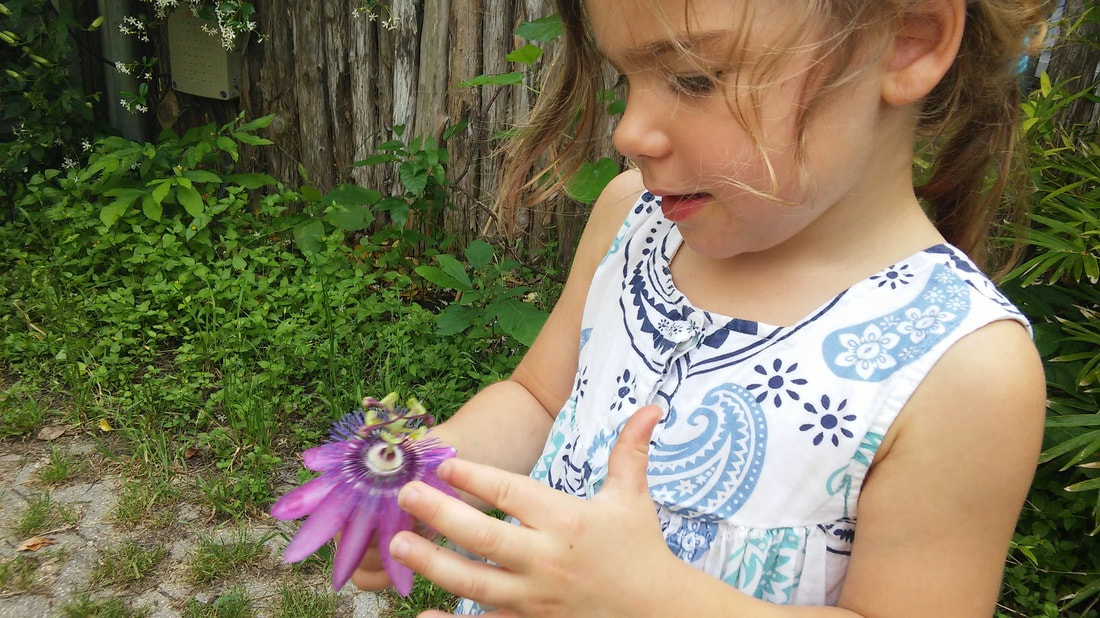
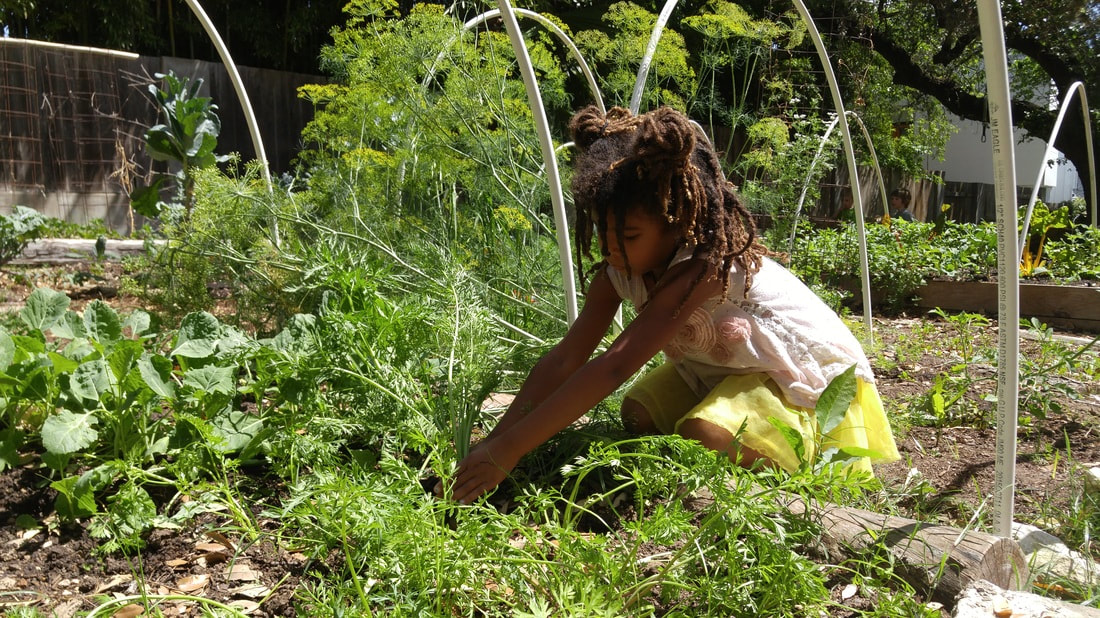
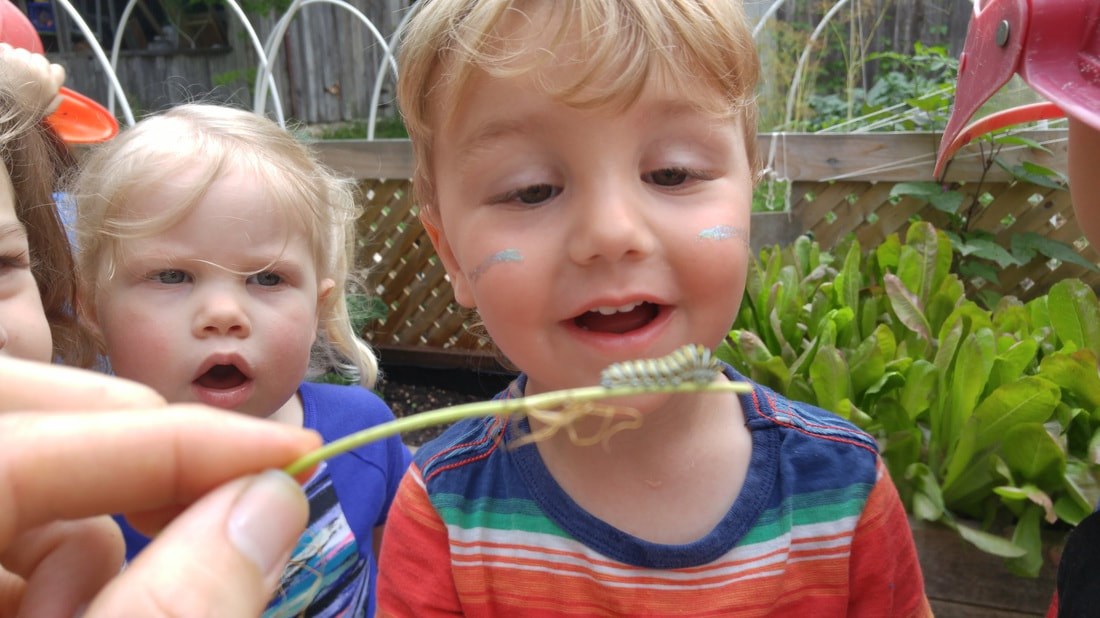
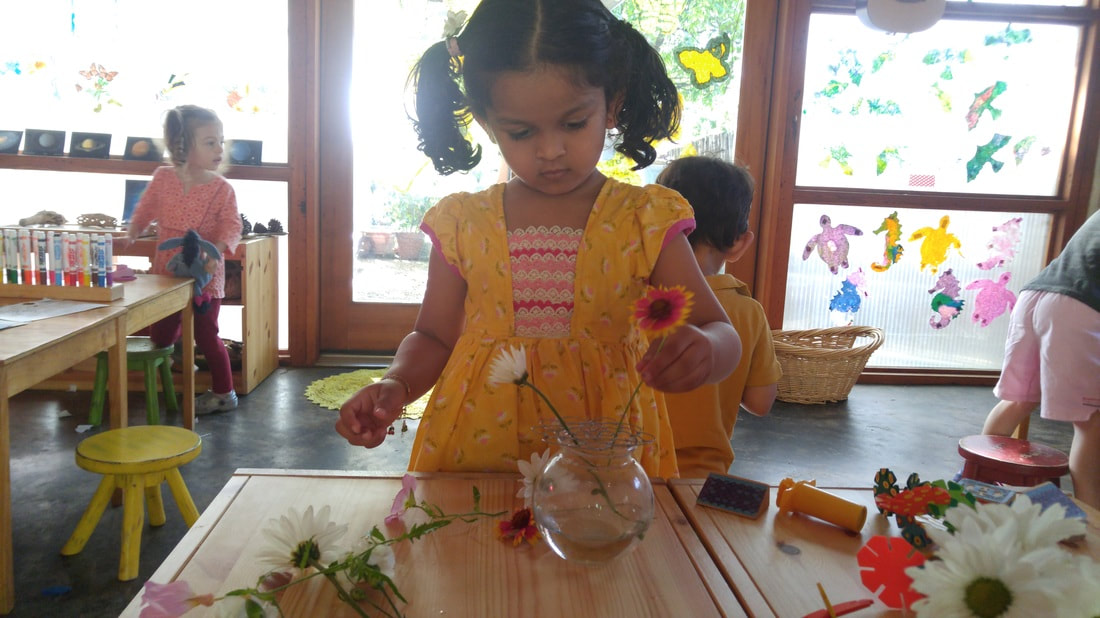
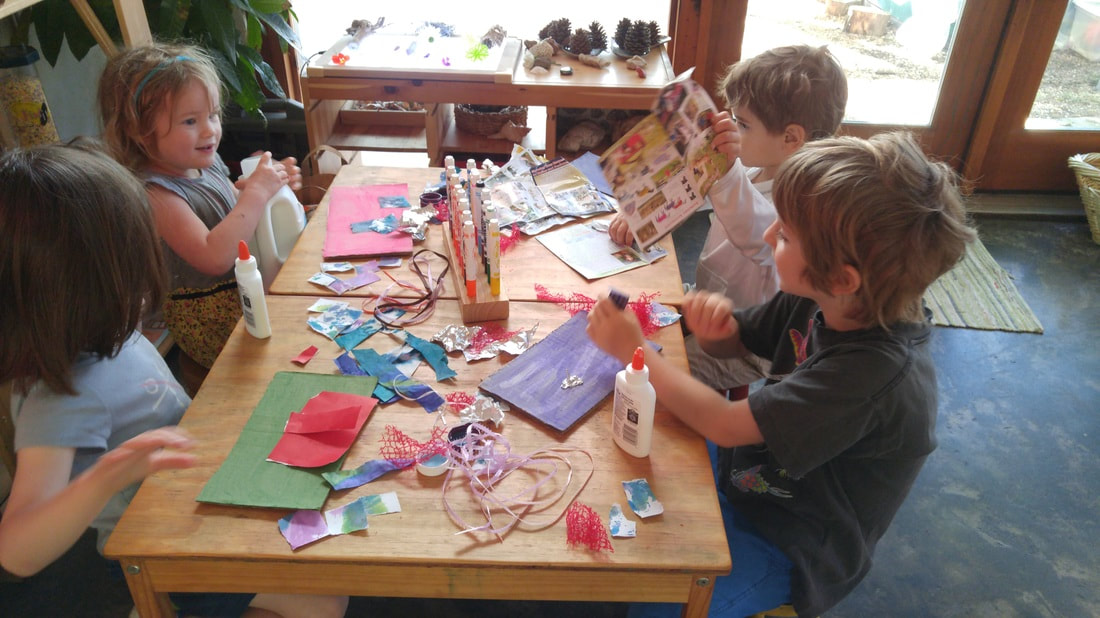
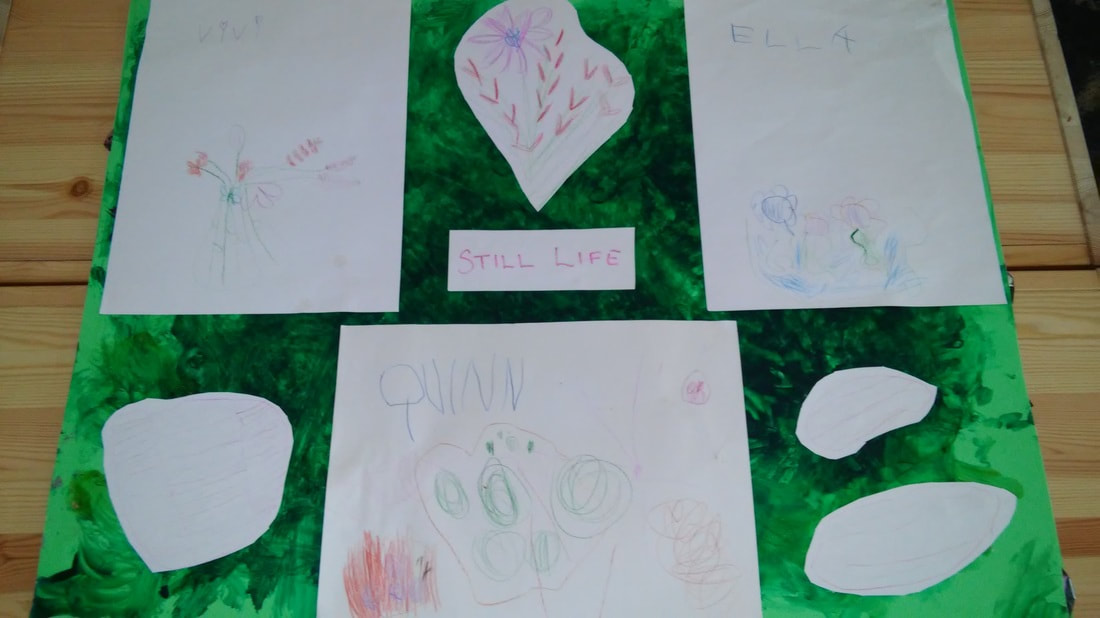
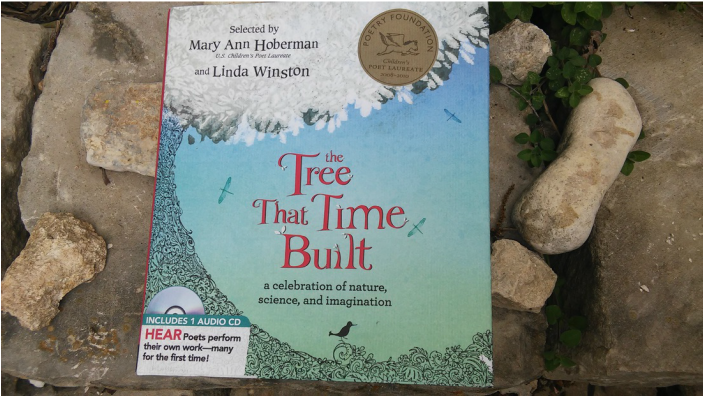
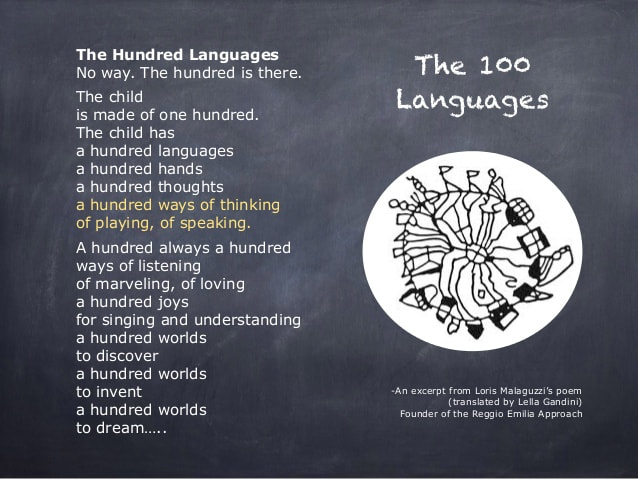
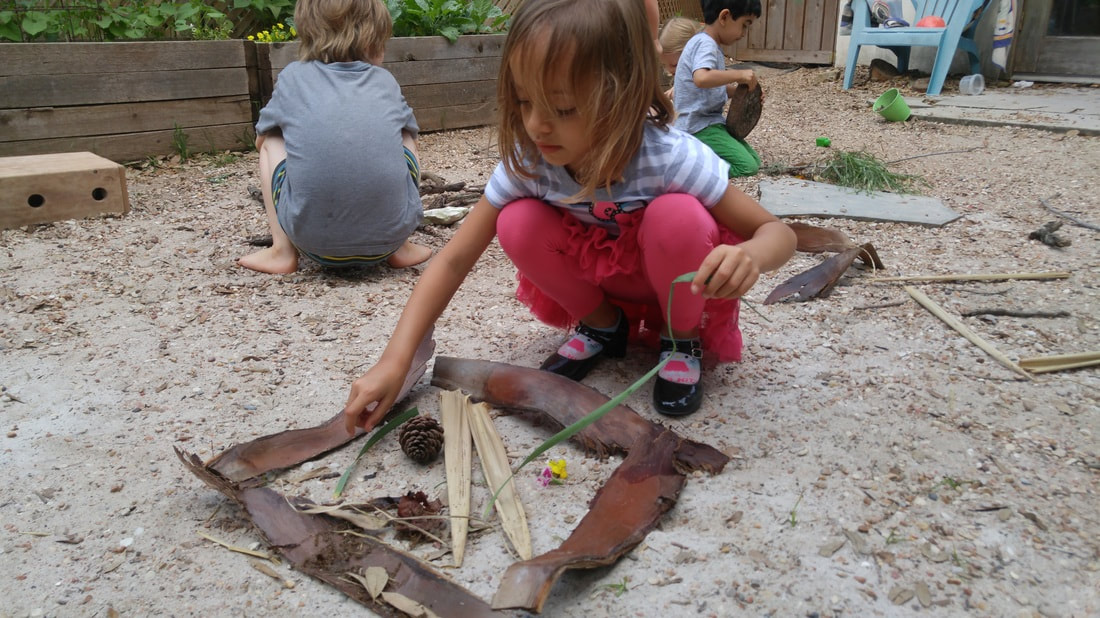
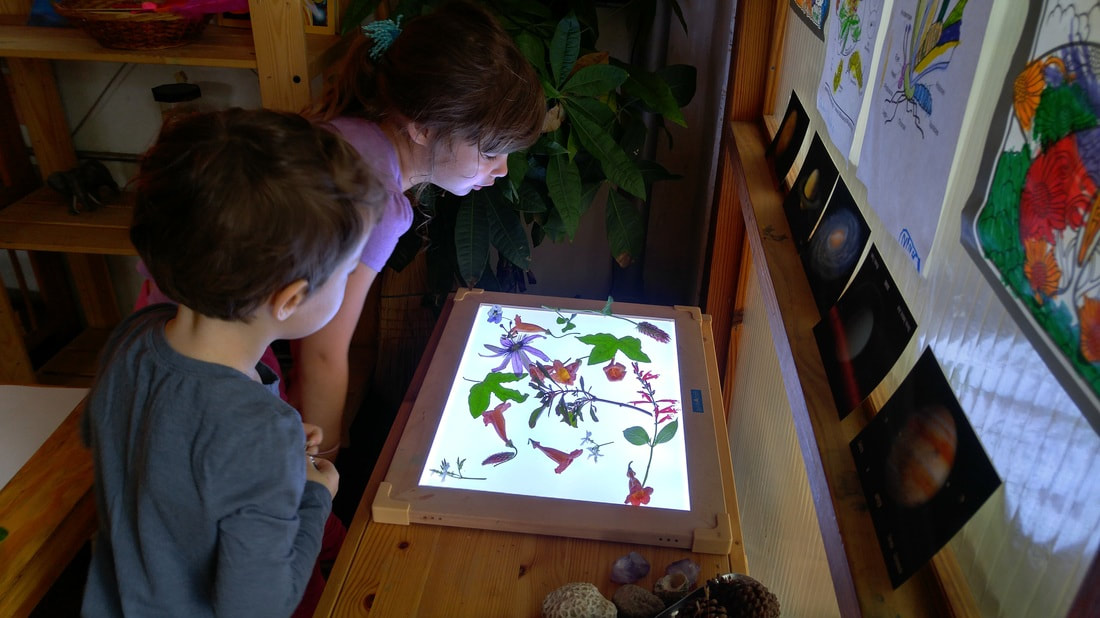
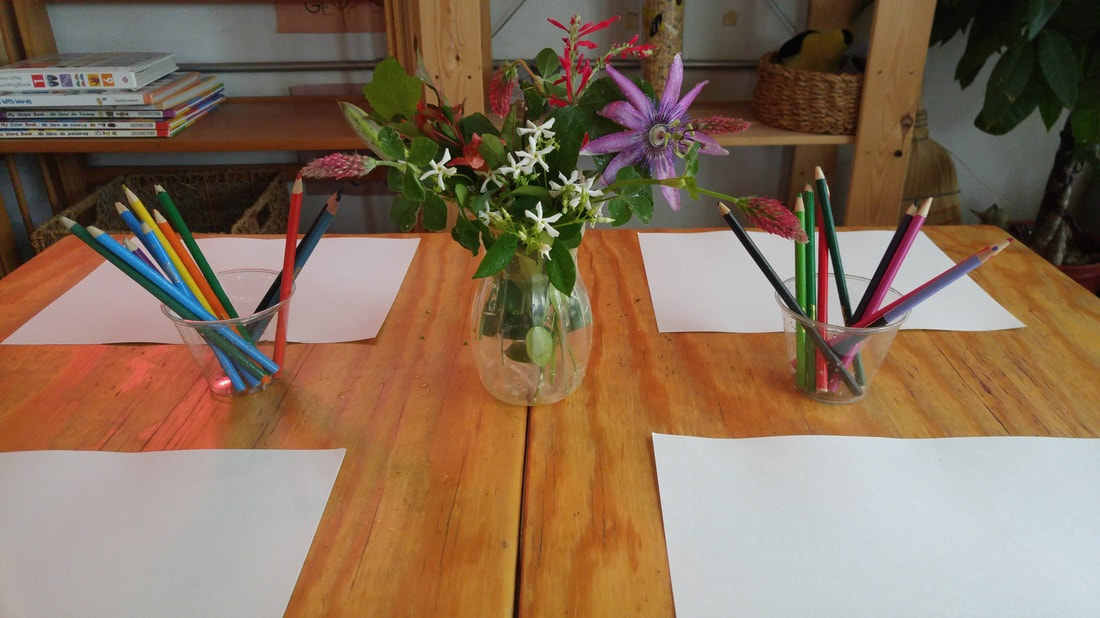
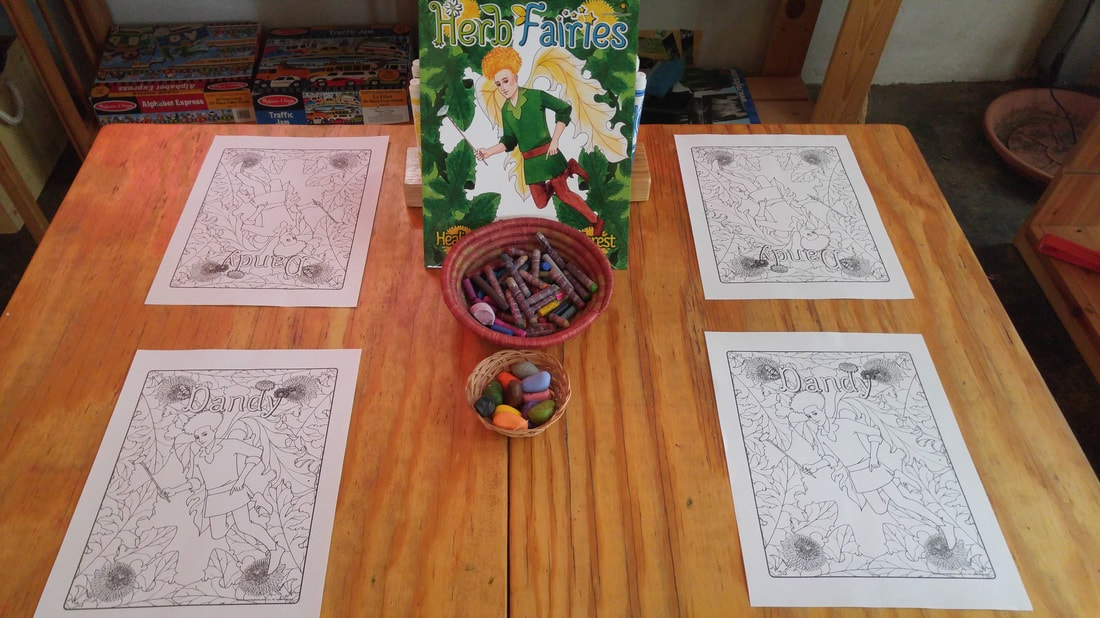
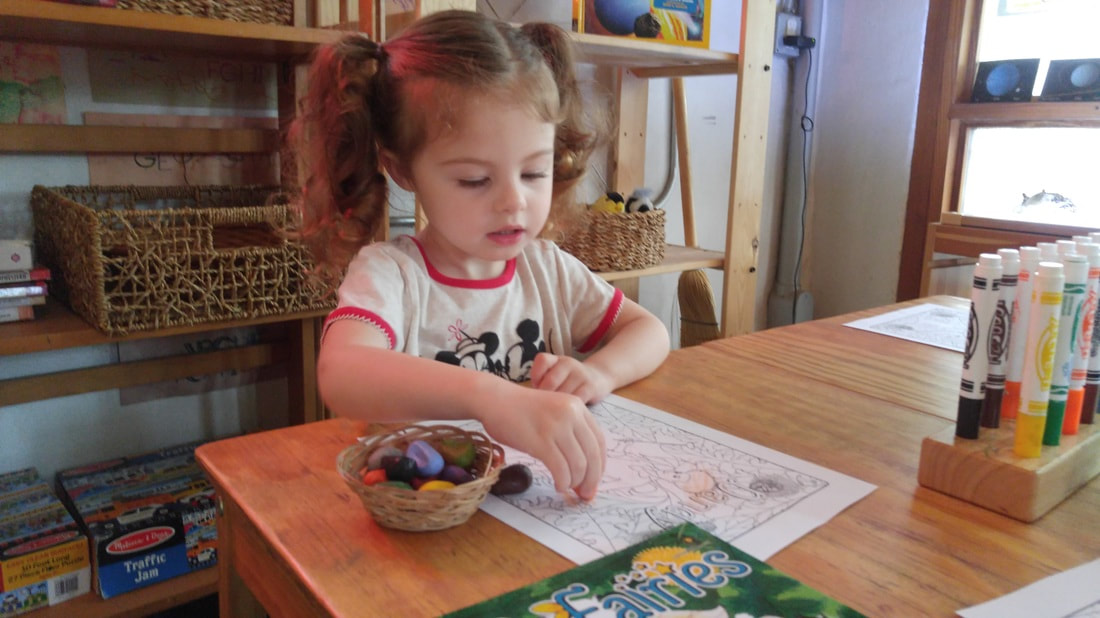
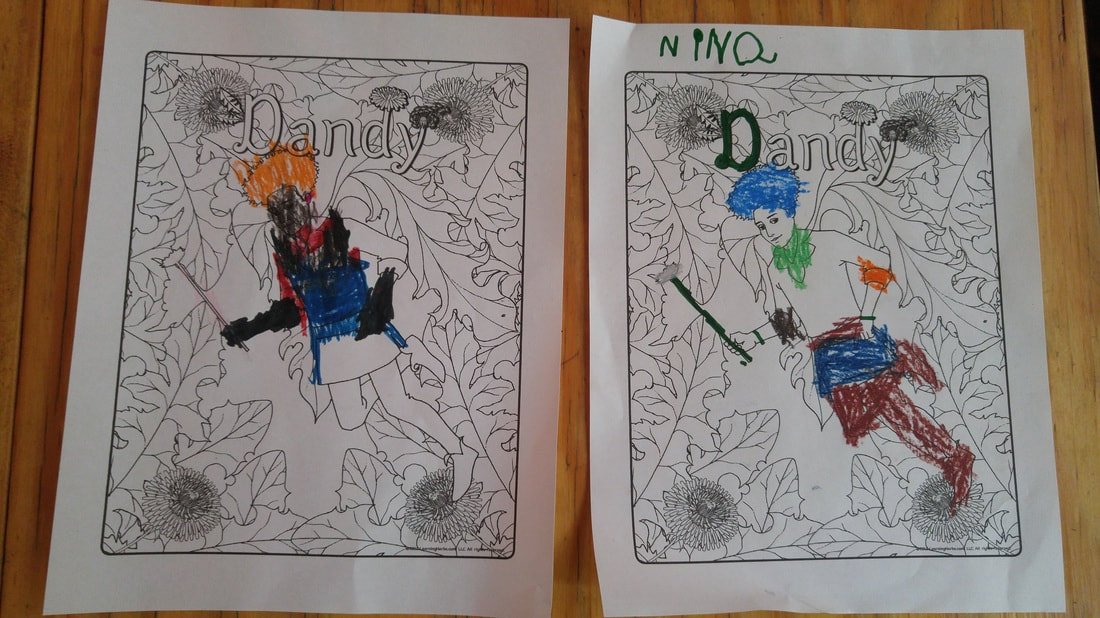
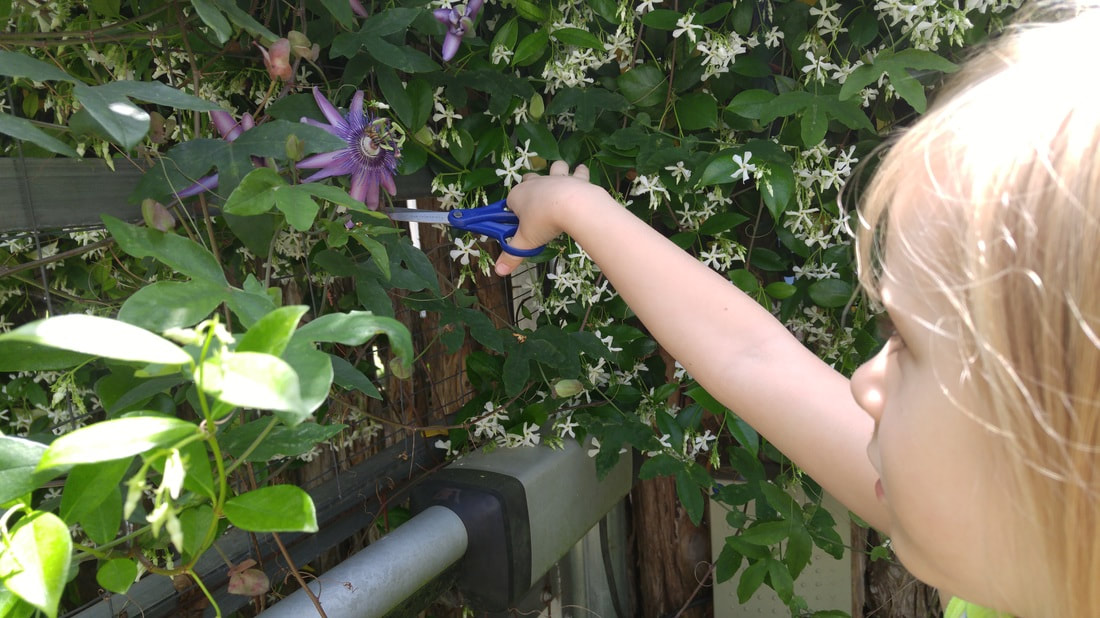
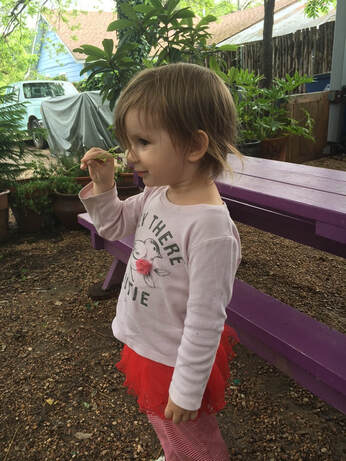
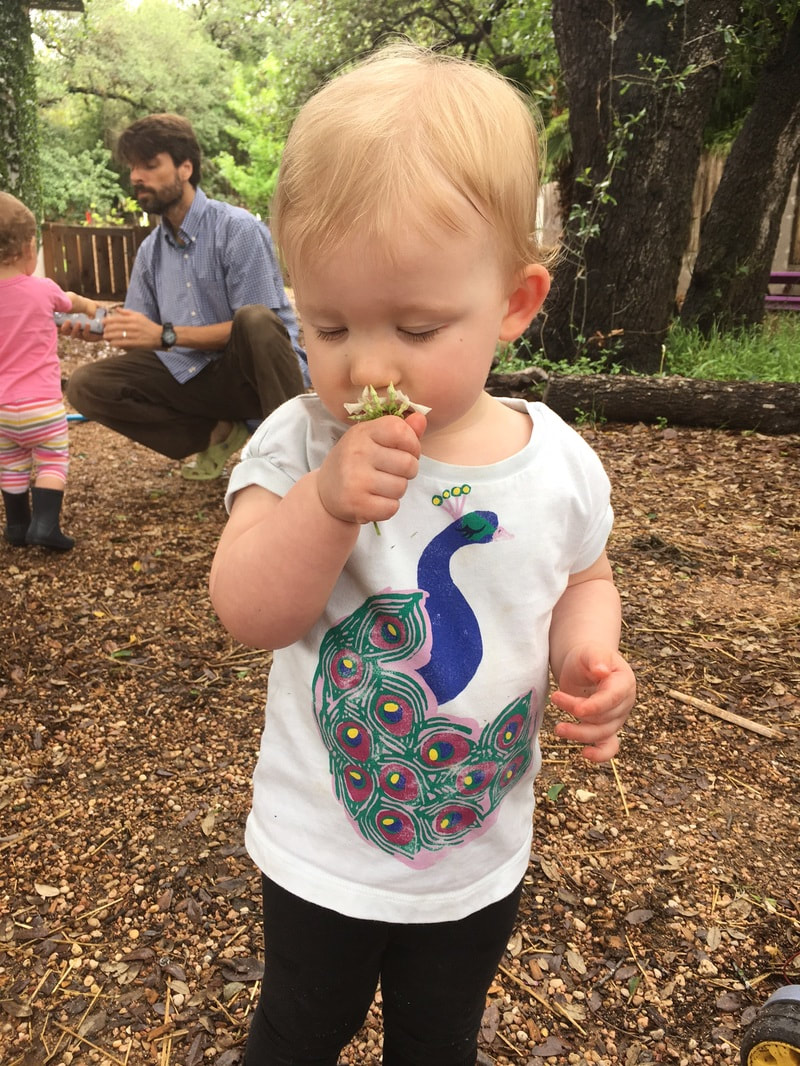
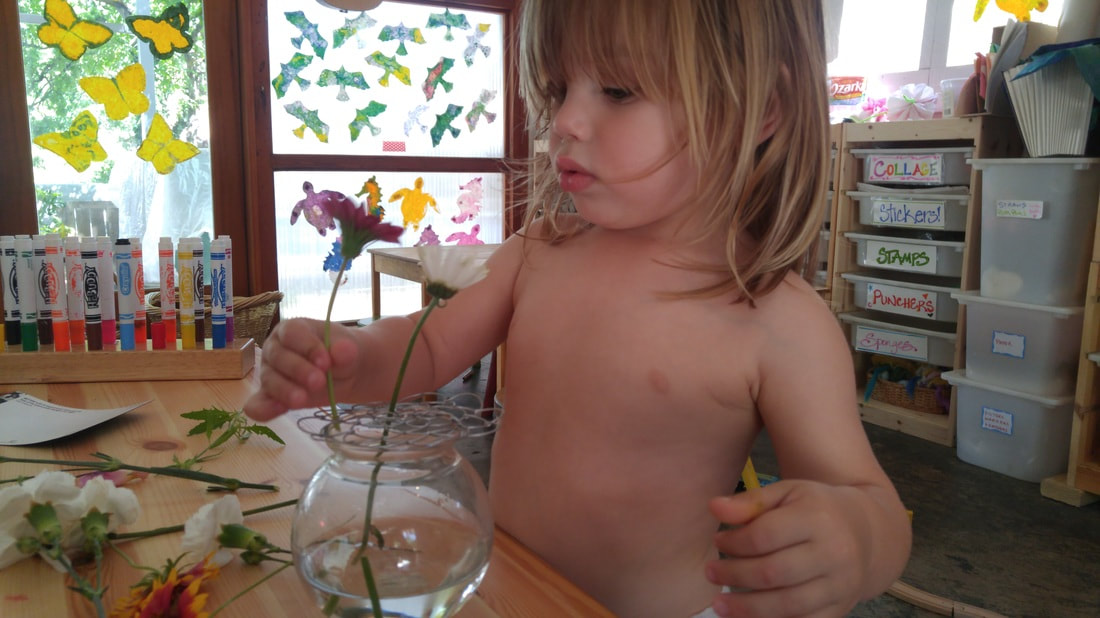
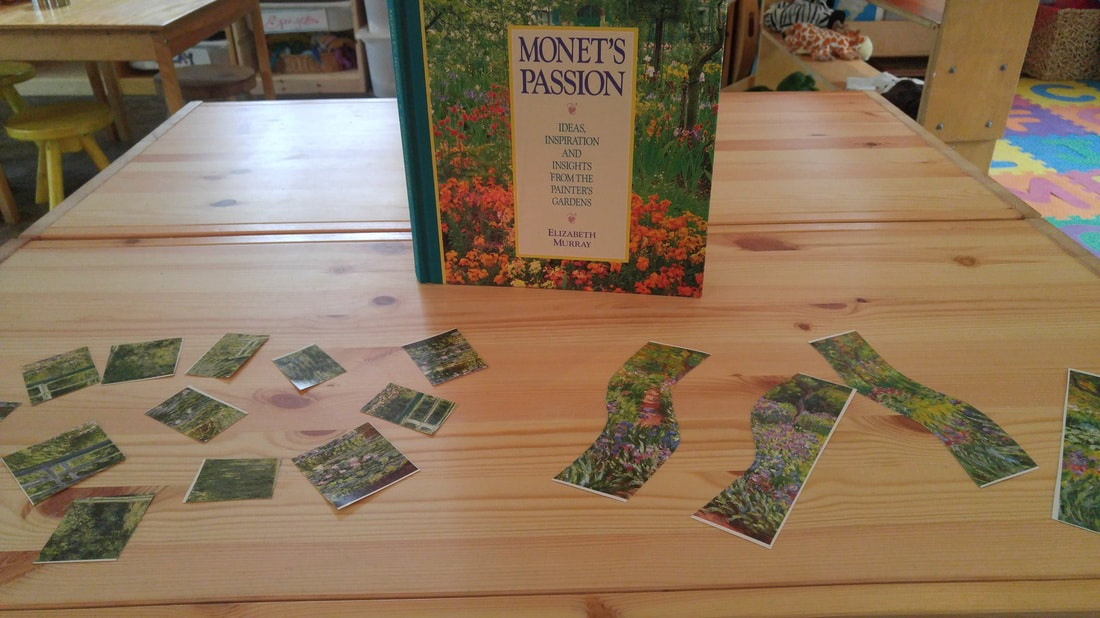
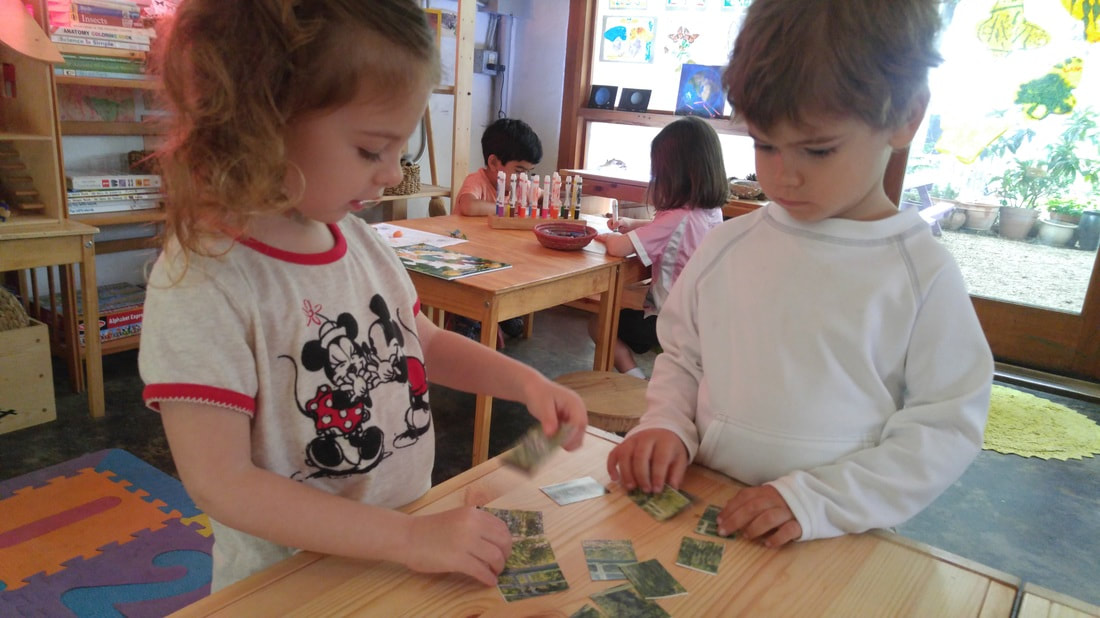
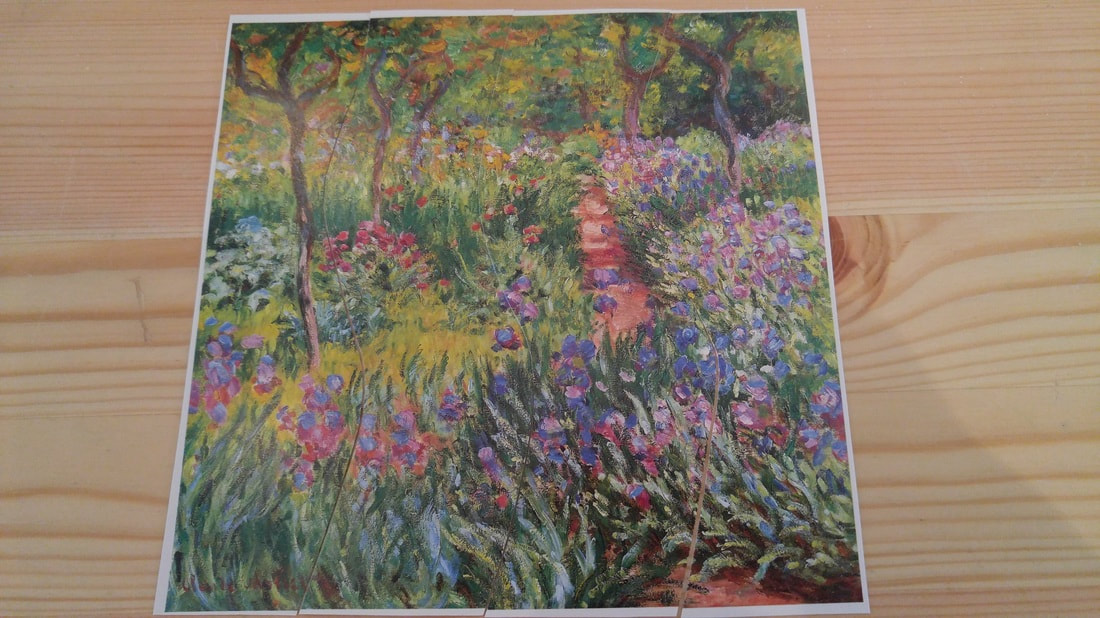
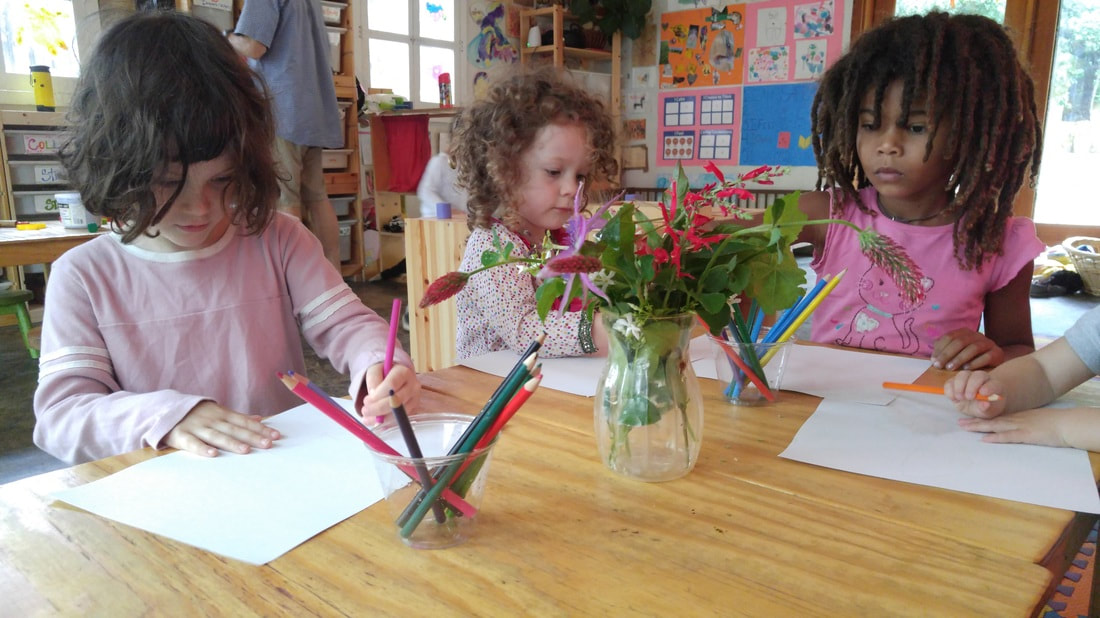
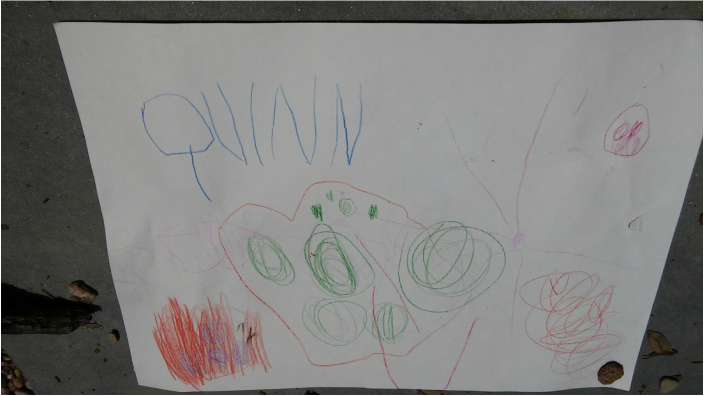
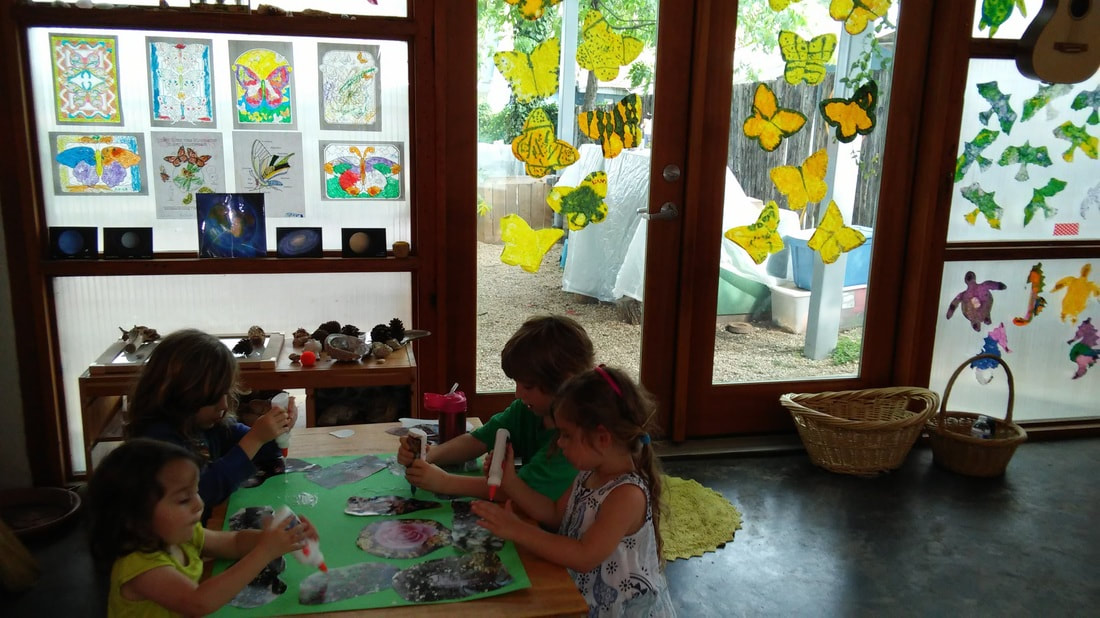
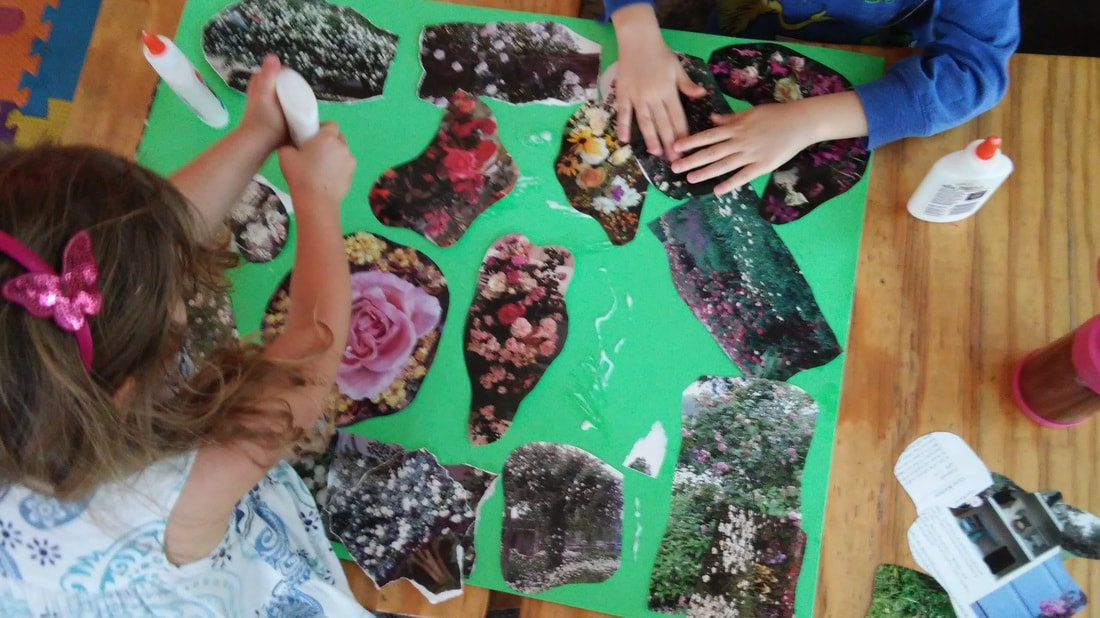

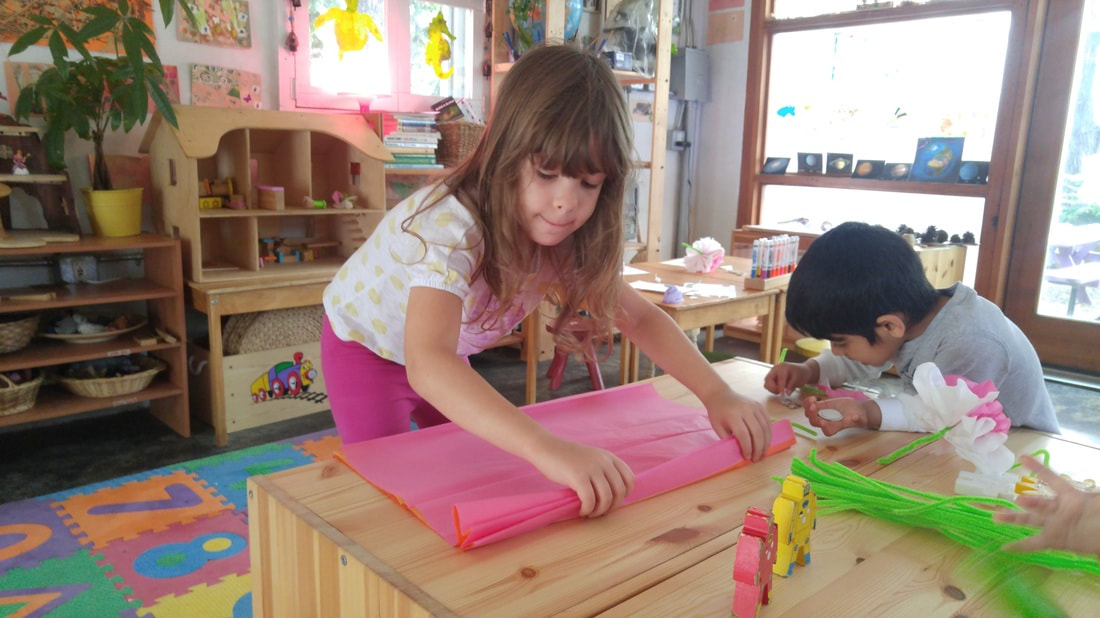
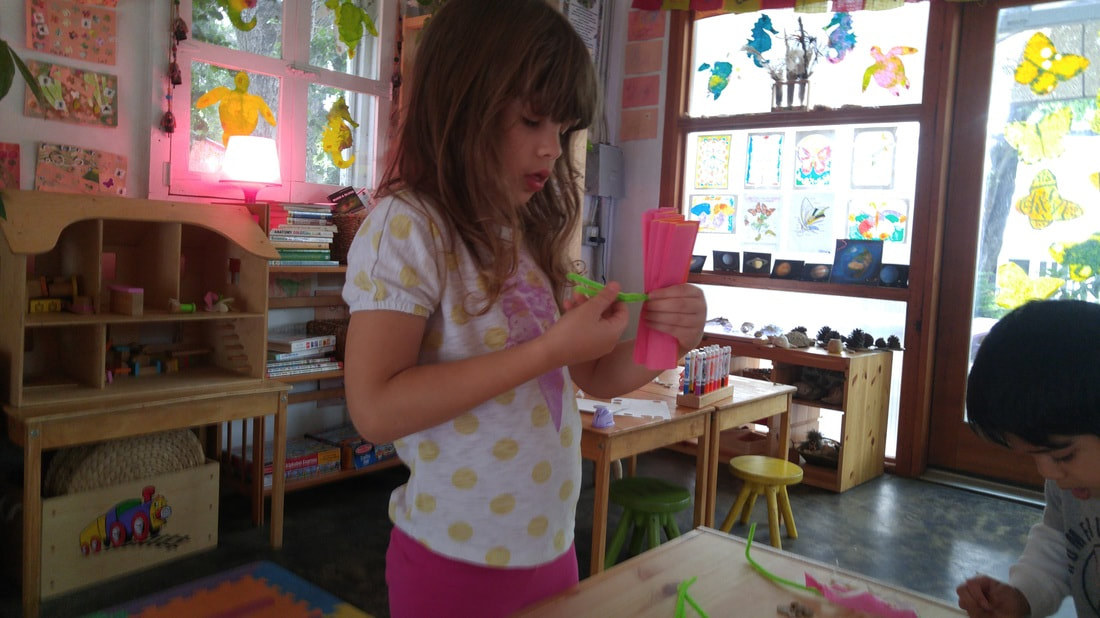
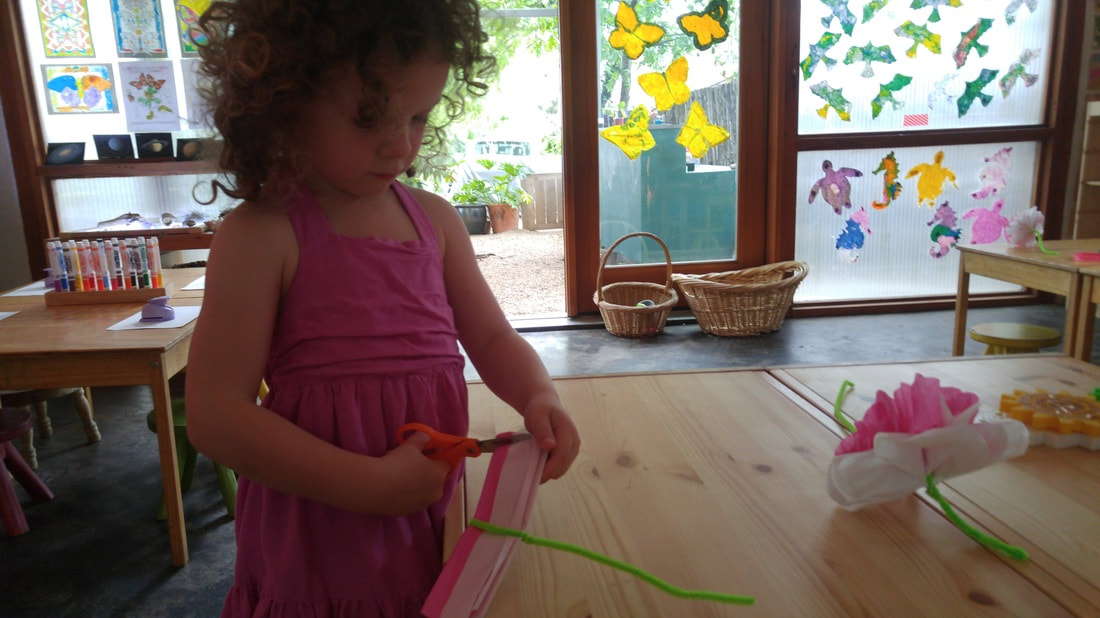
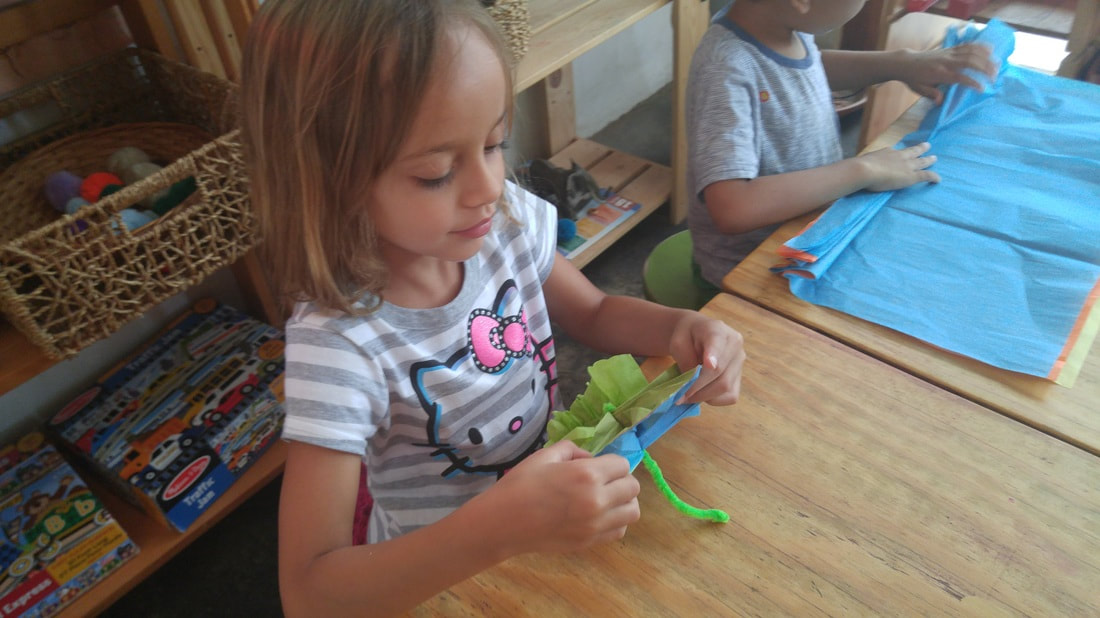
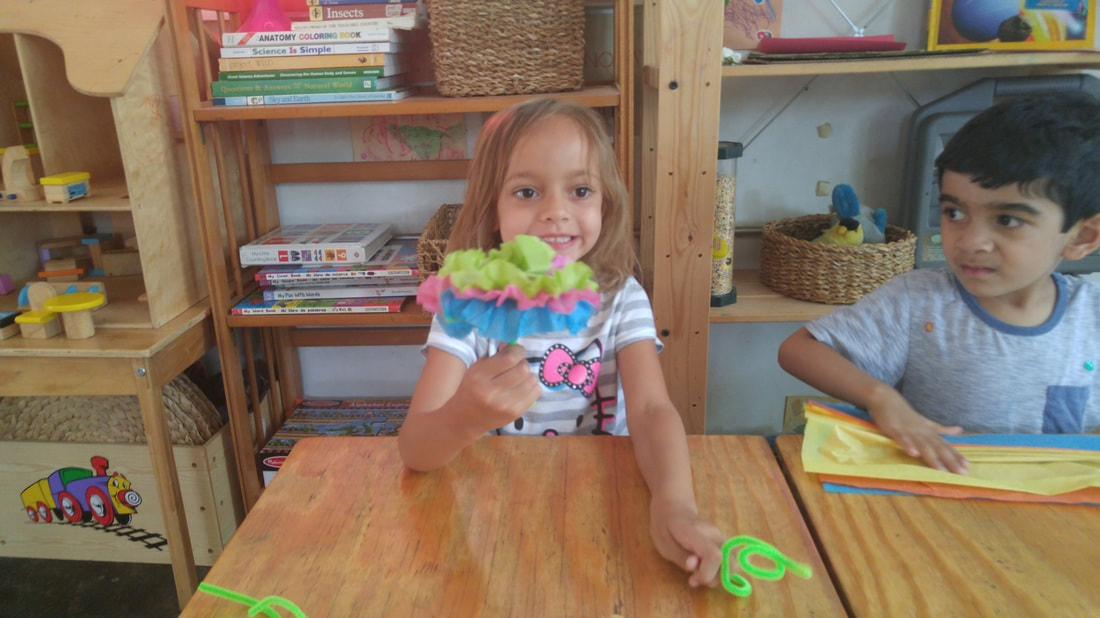
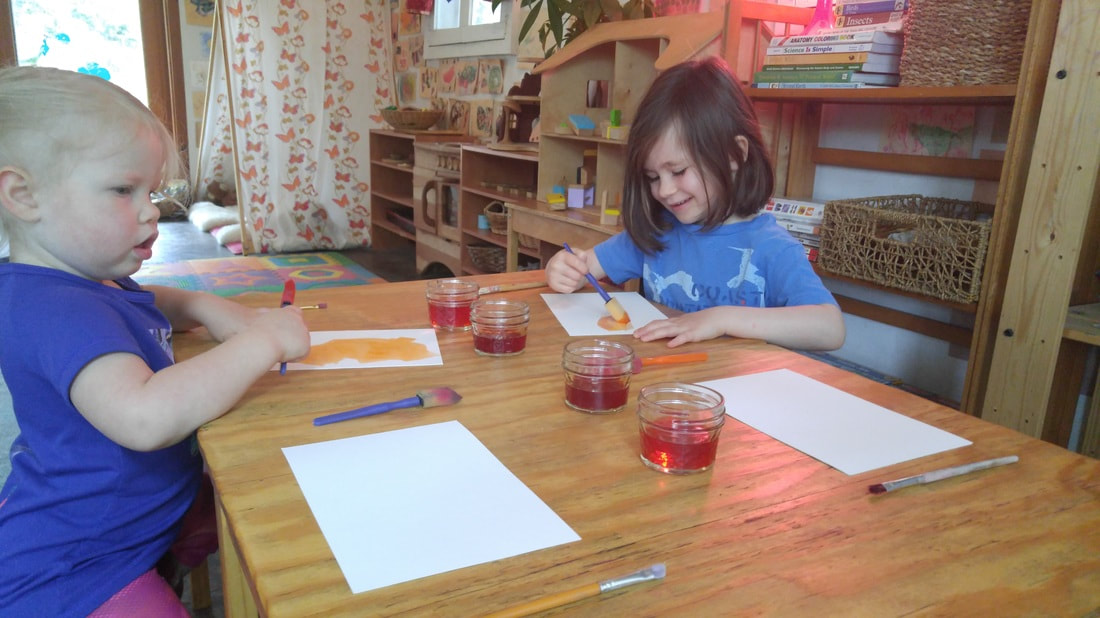
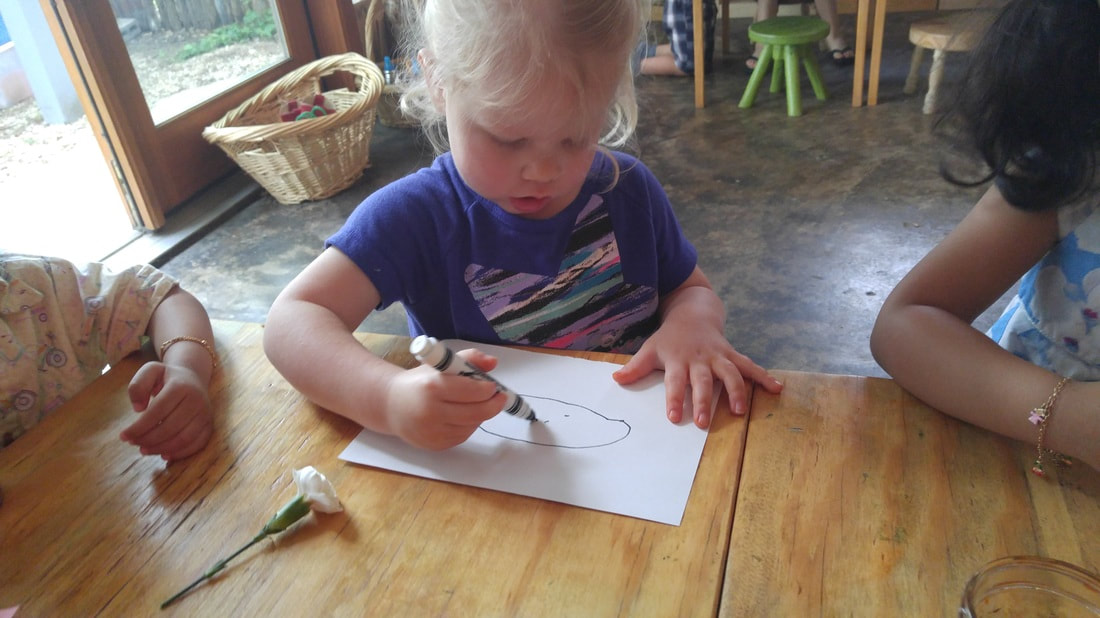
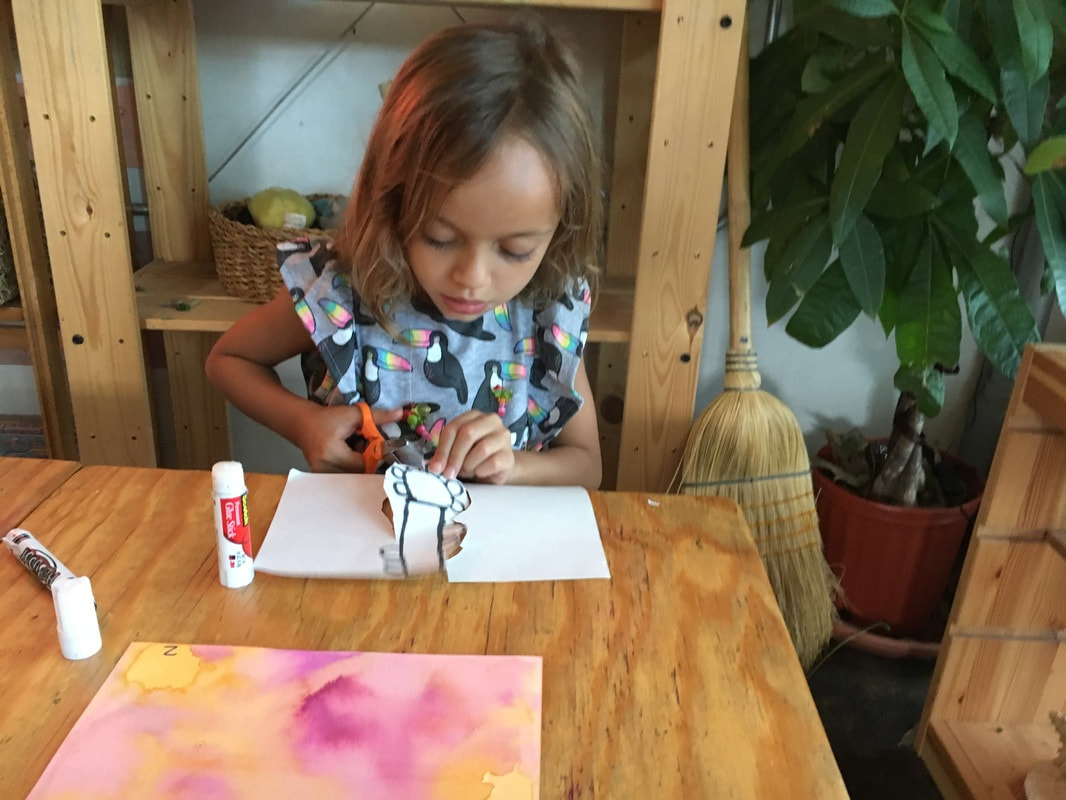
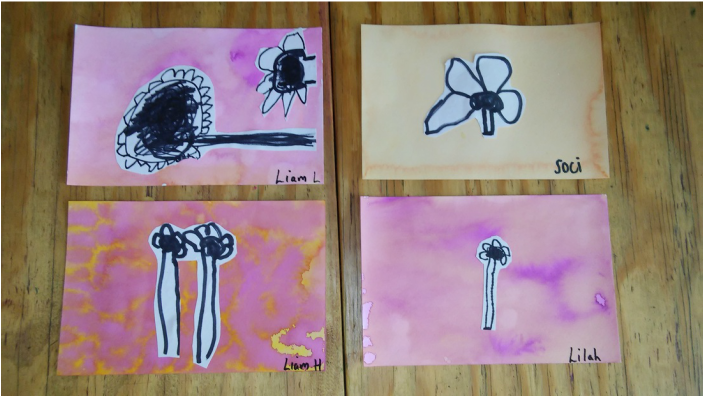
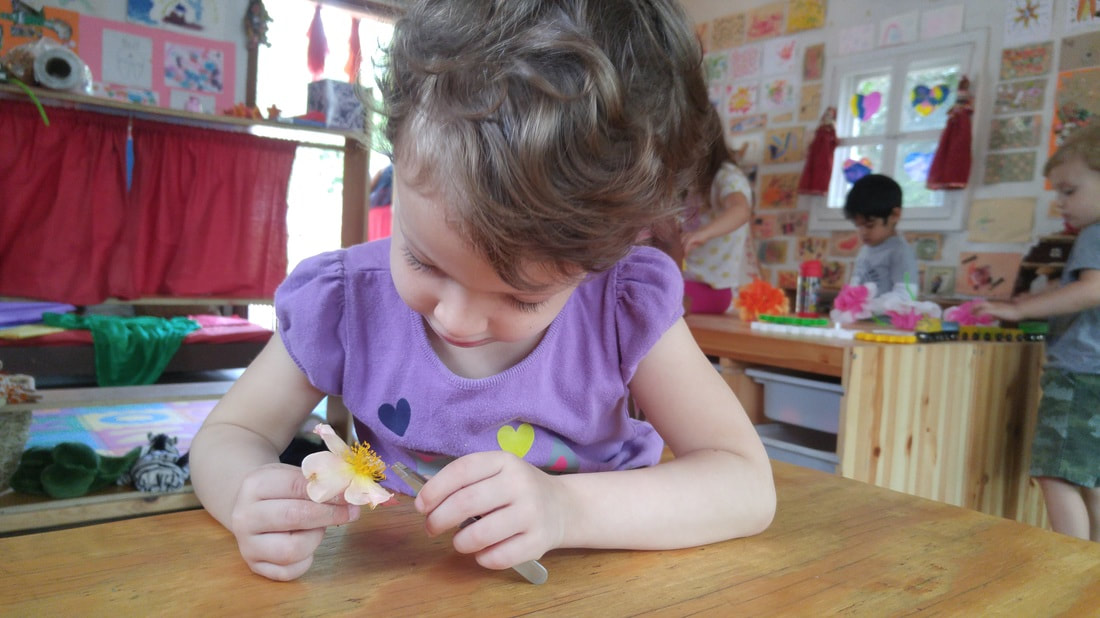
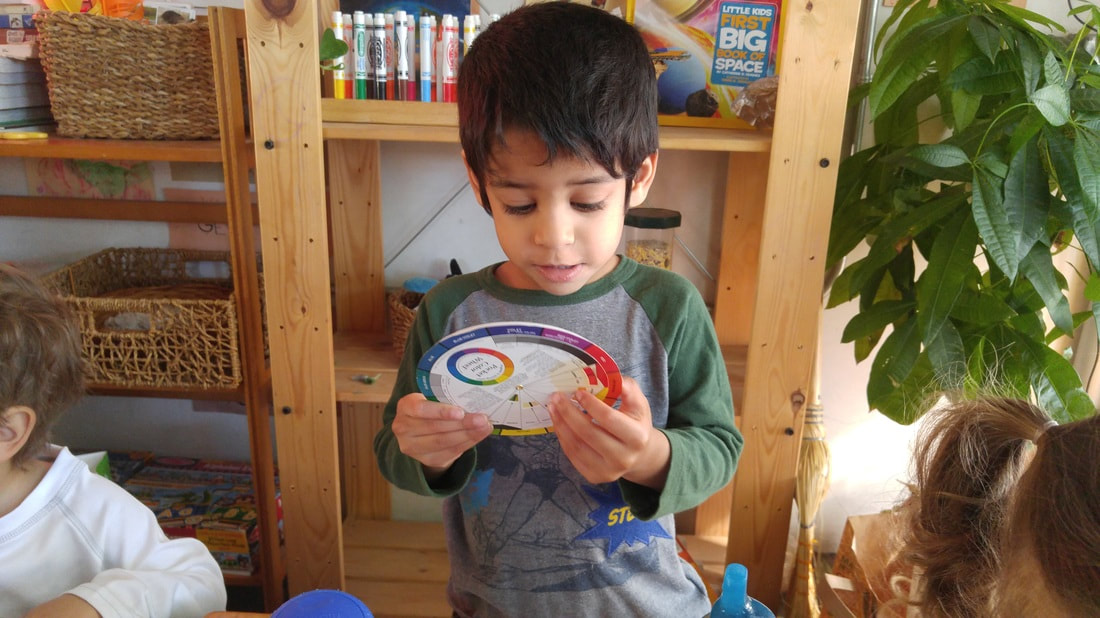
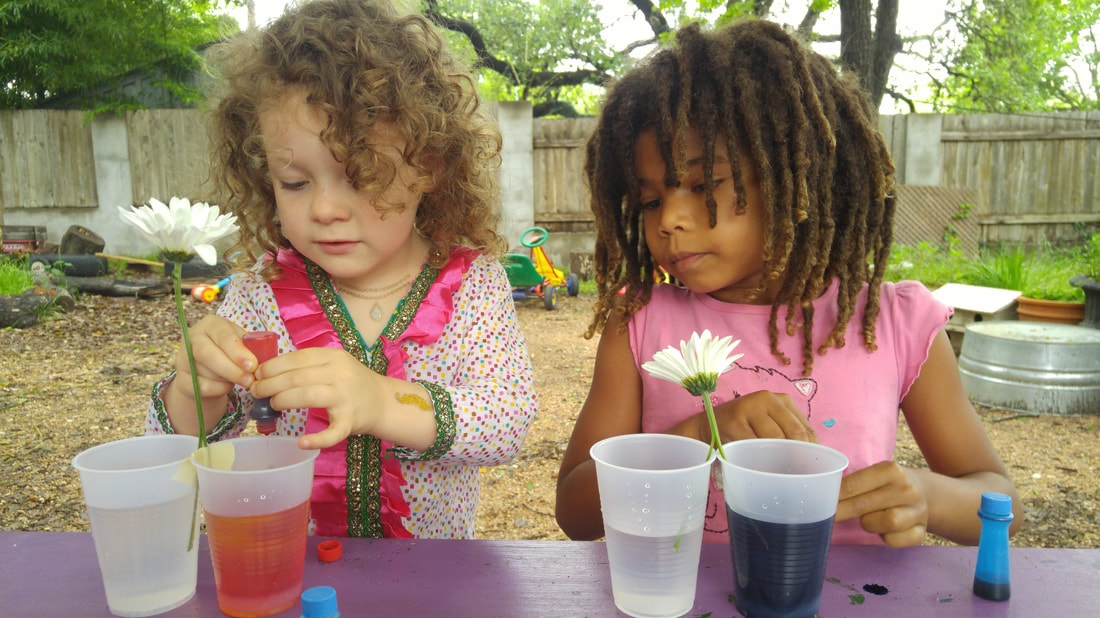
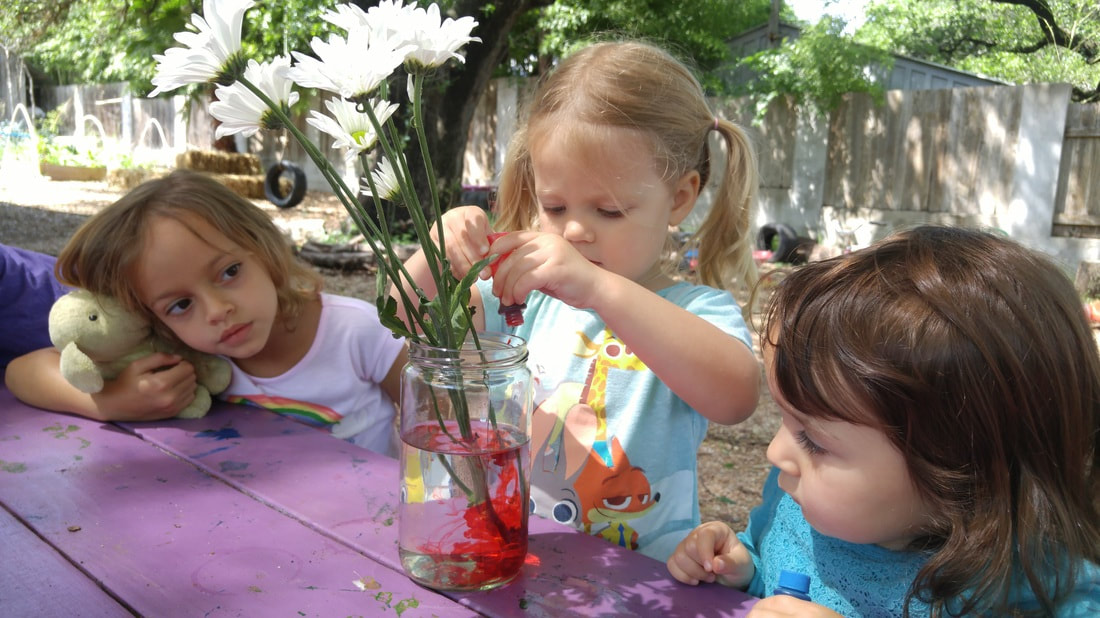
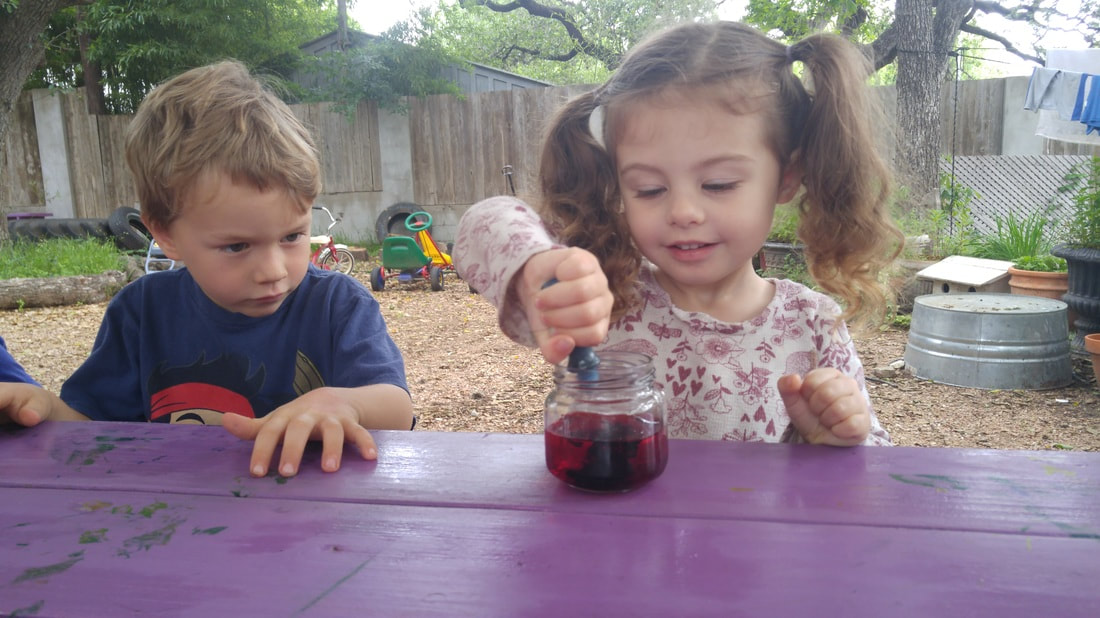
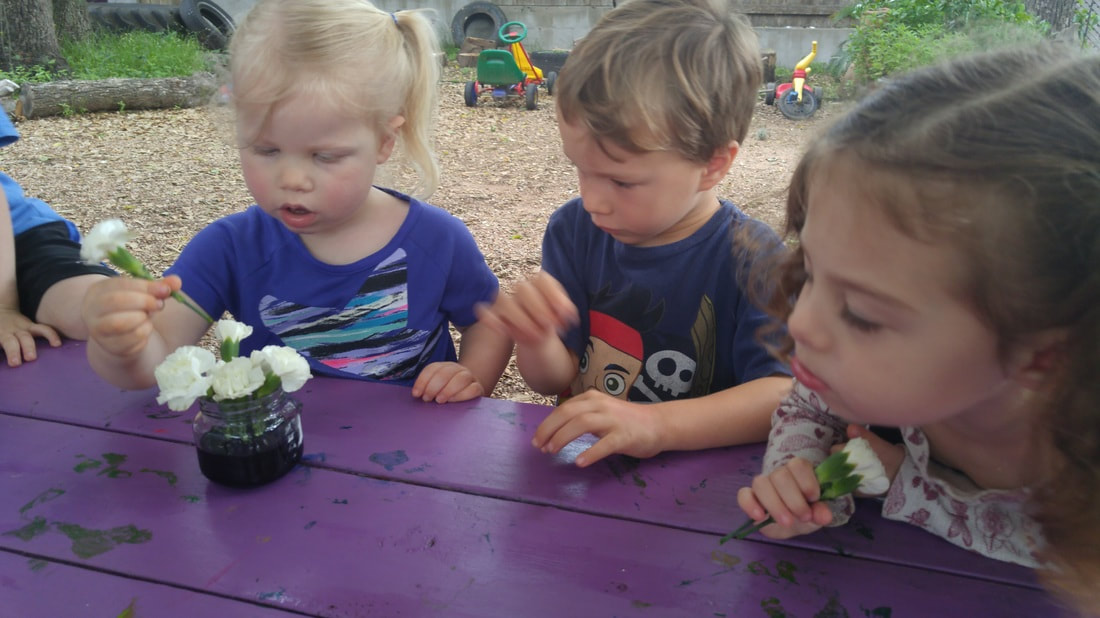

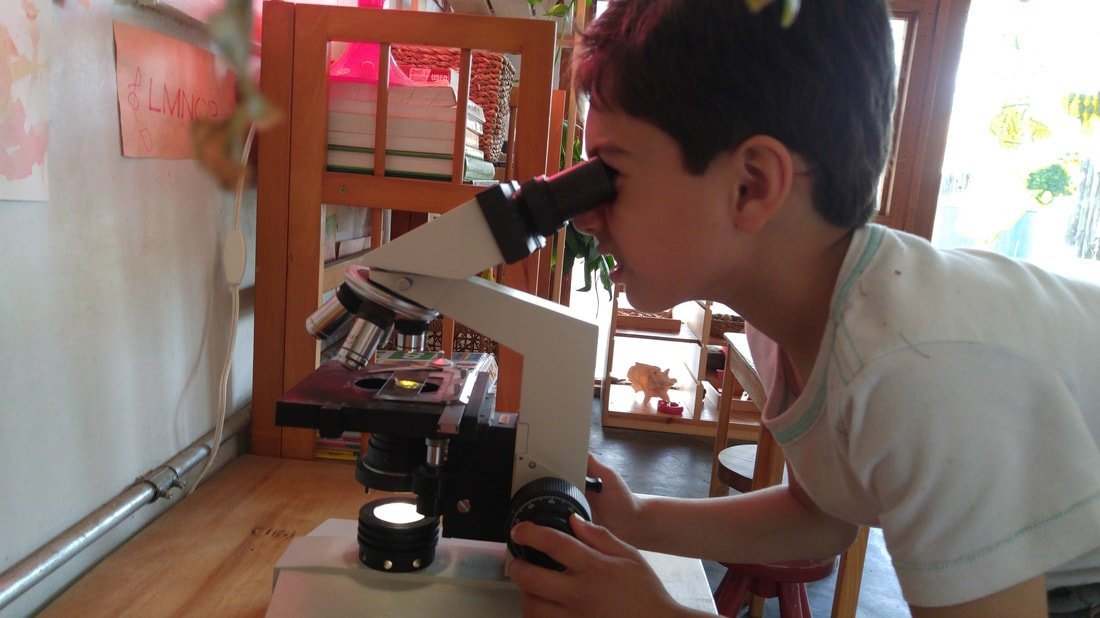
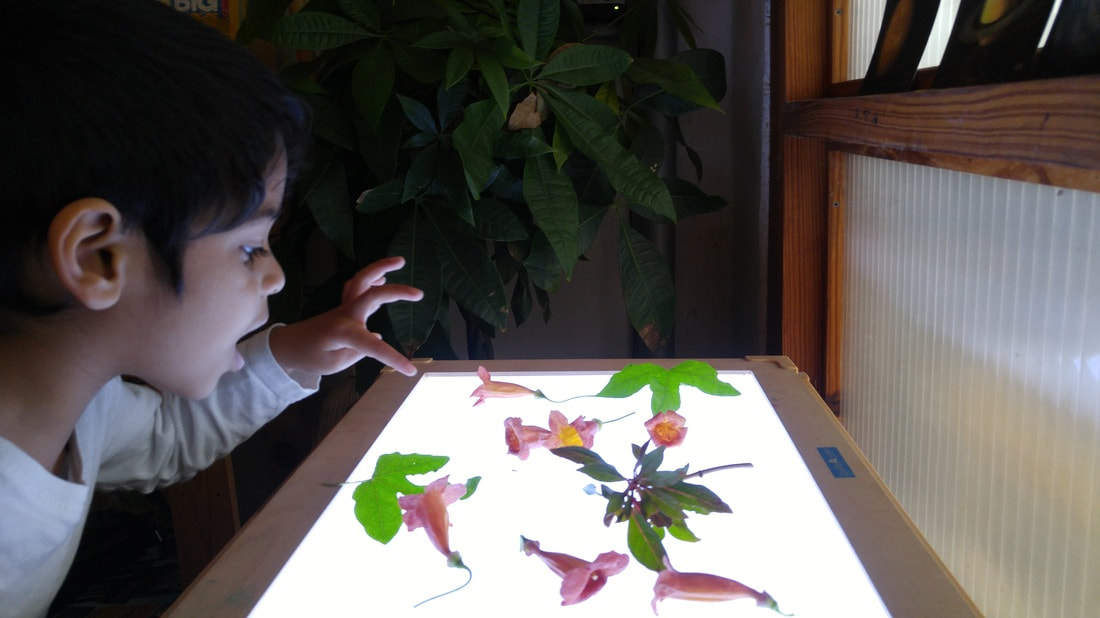
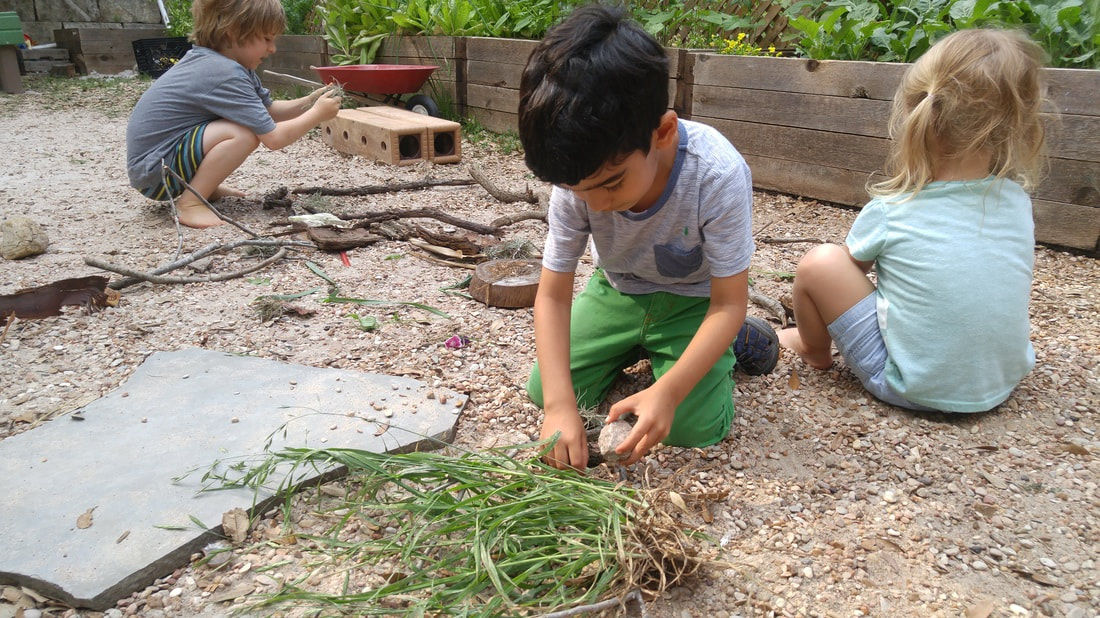
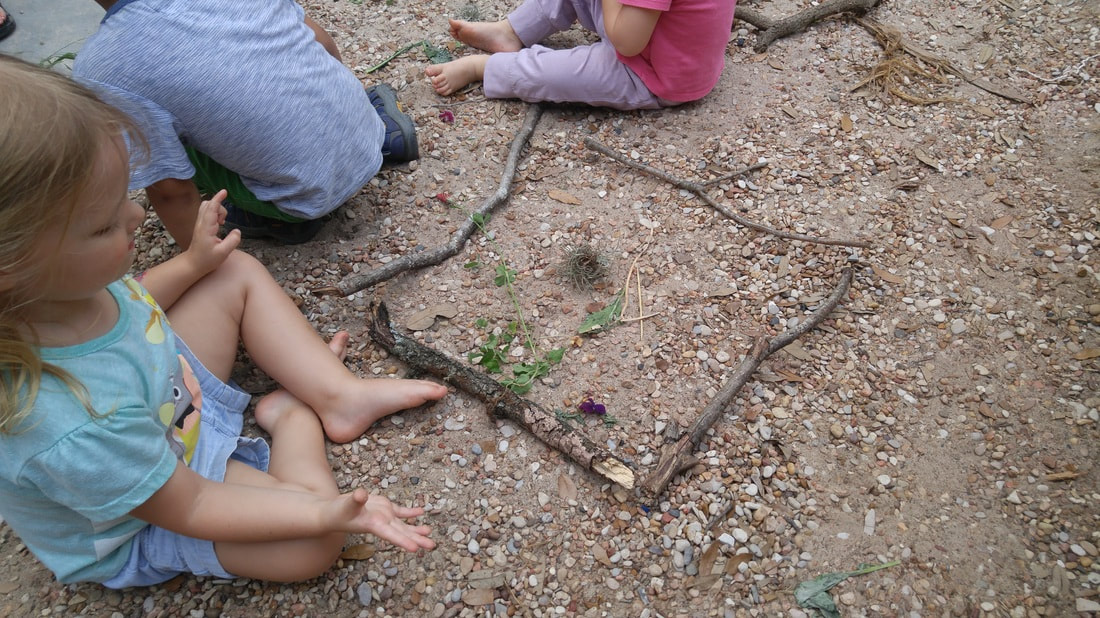
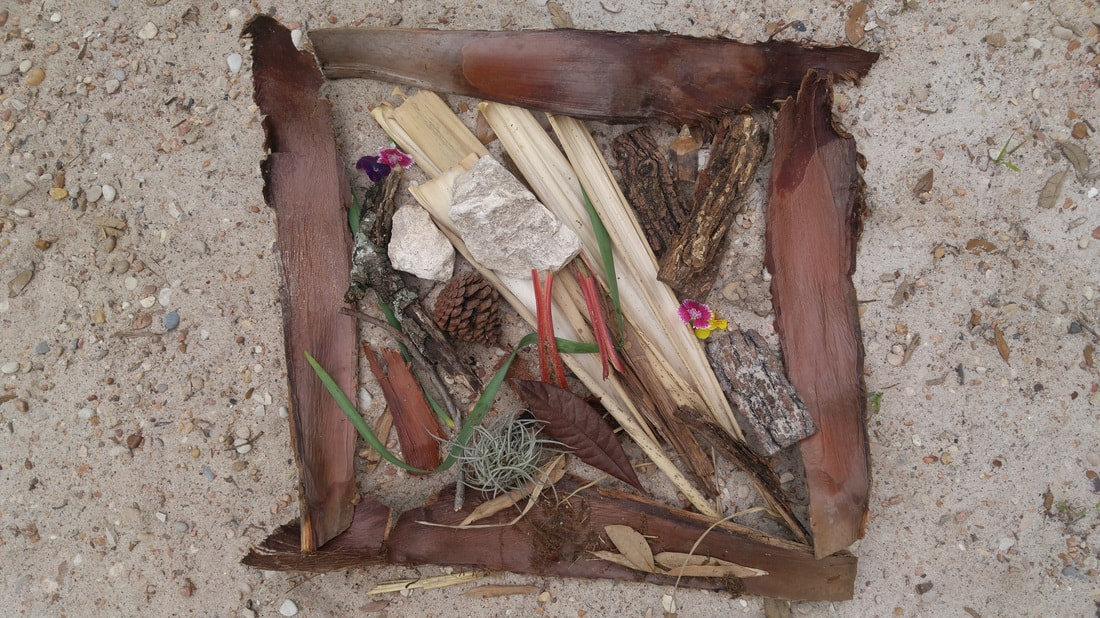
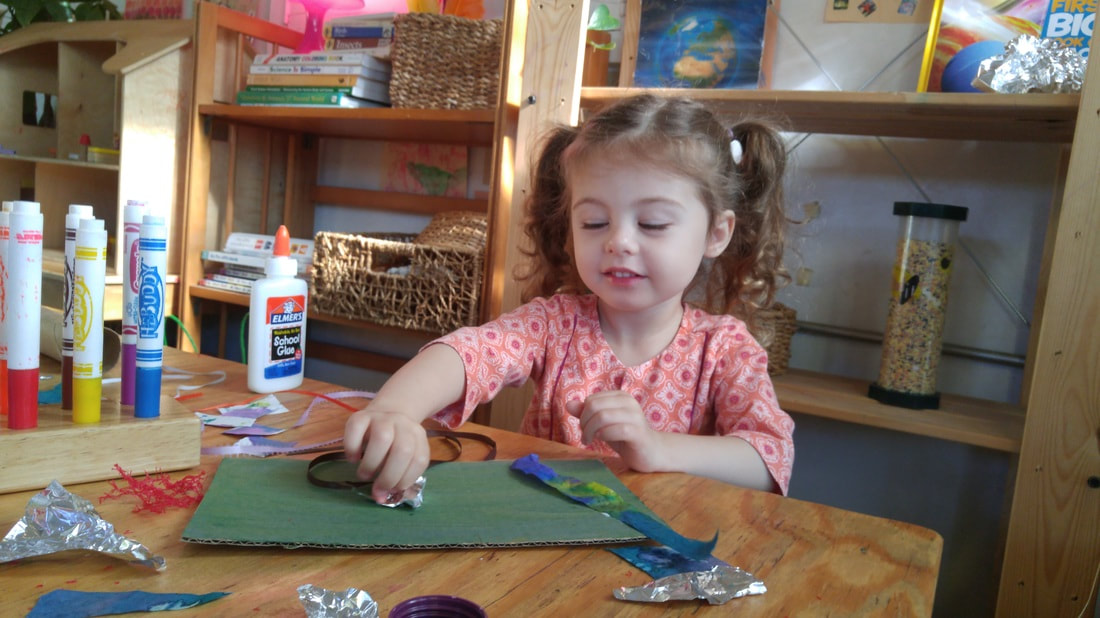
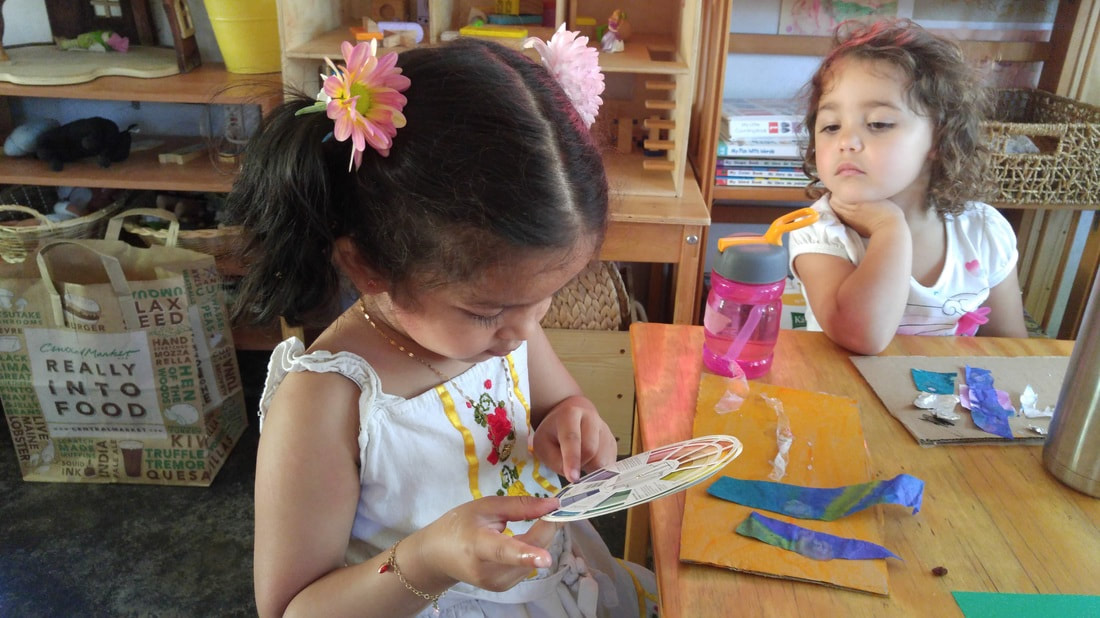

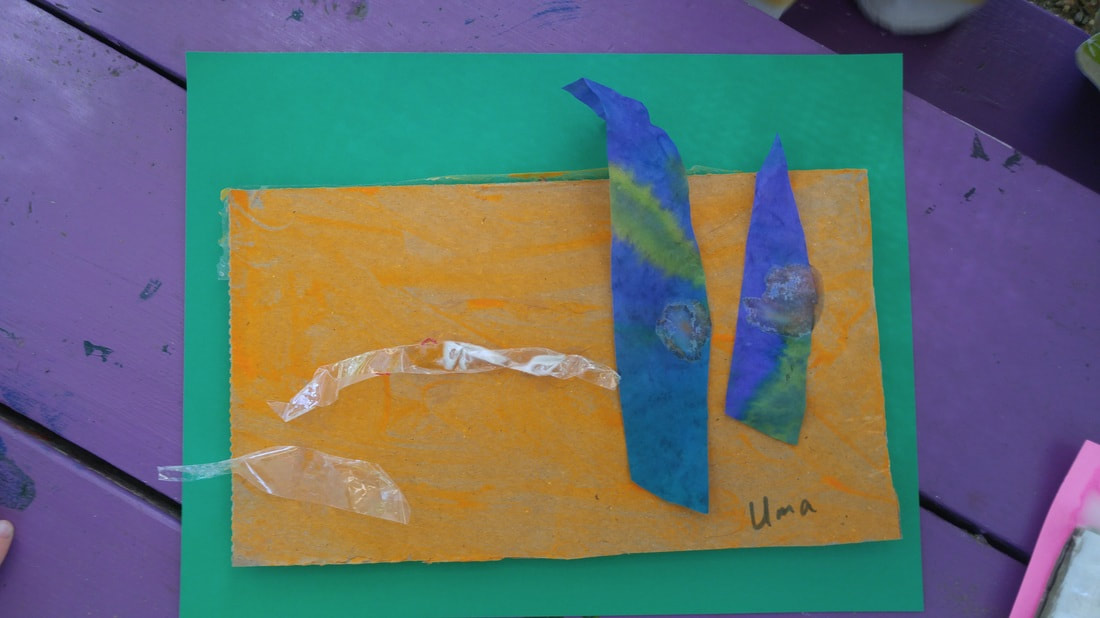
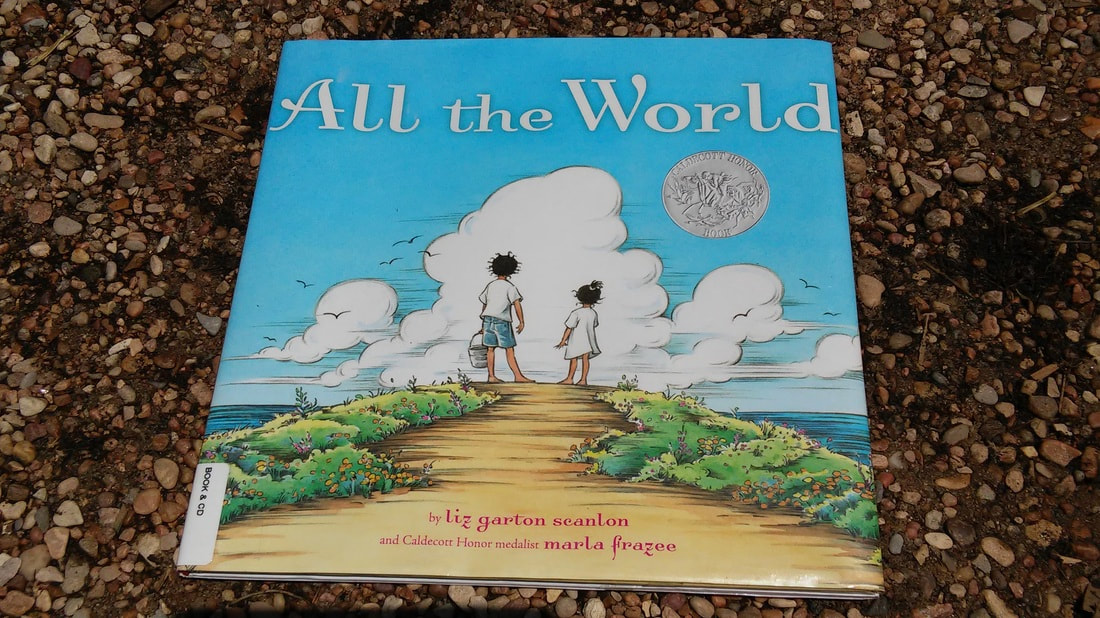
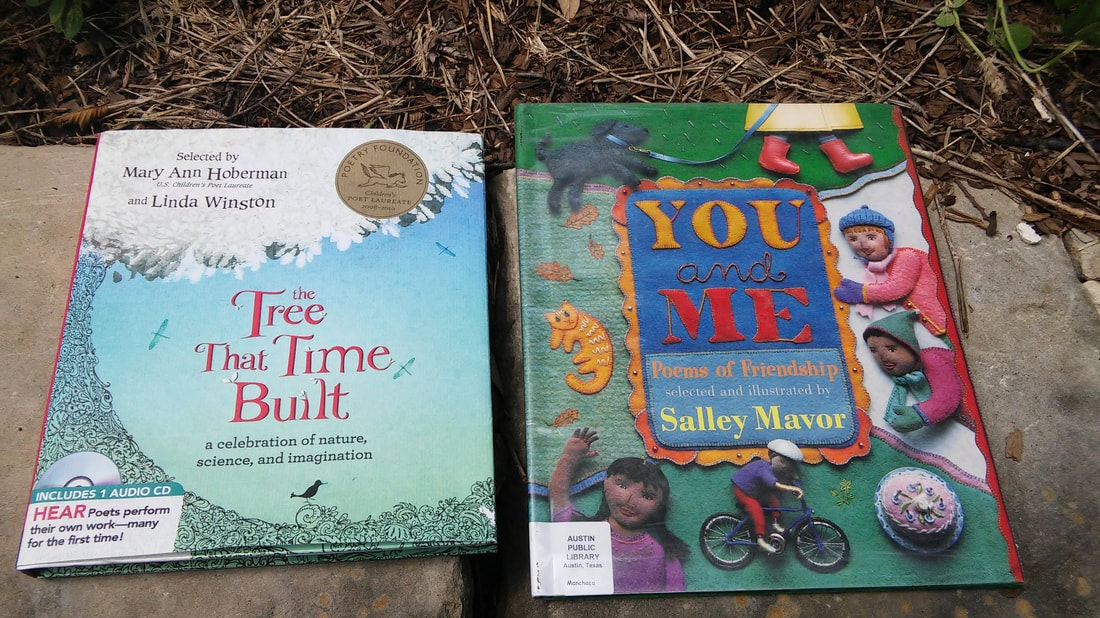
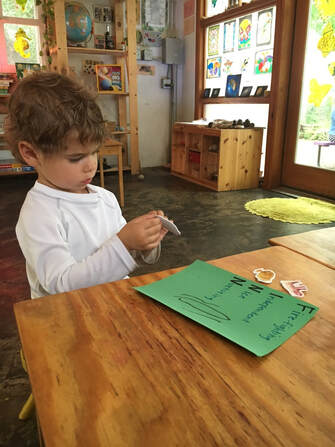
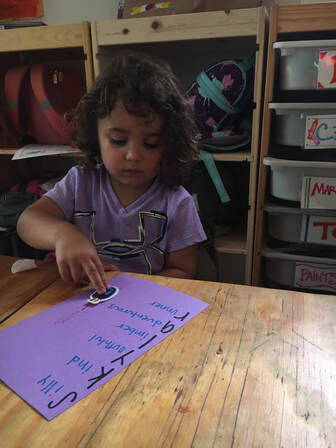
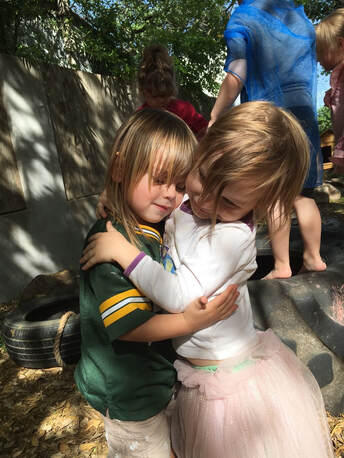
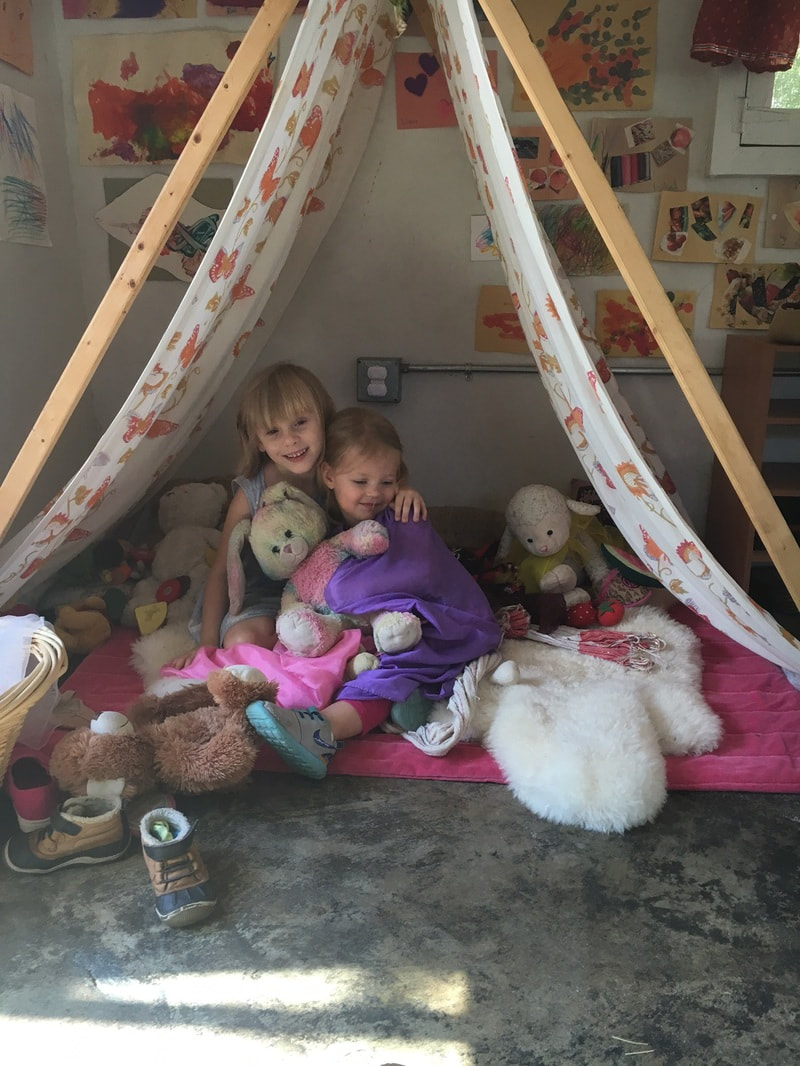
 RSS Feed
RSS Feed